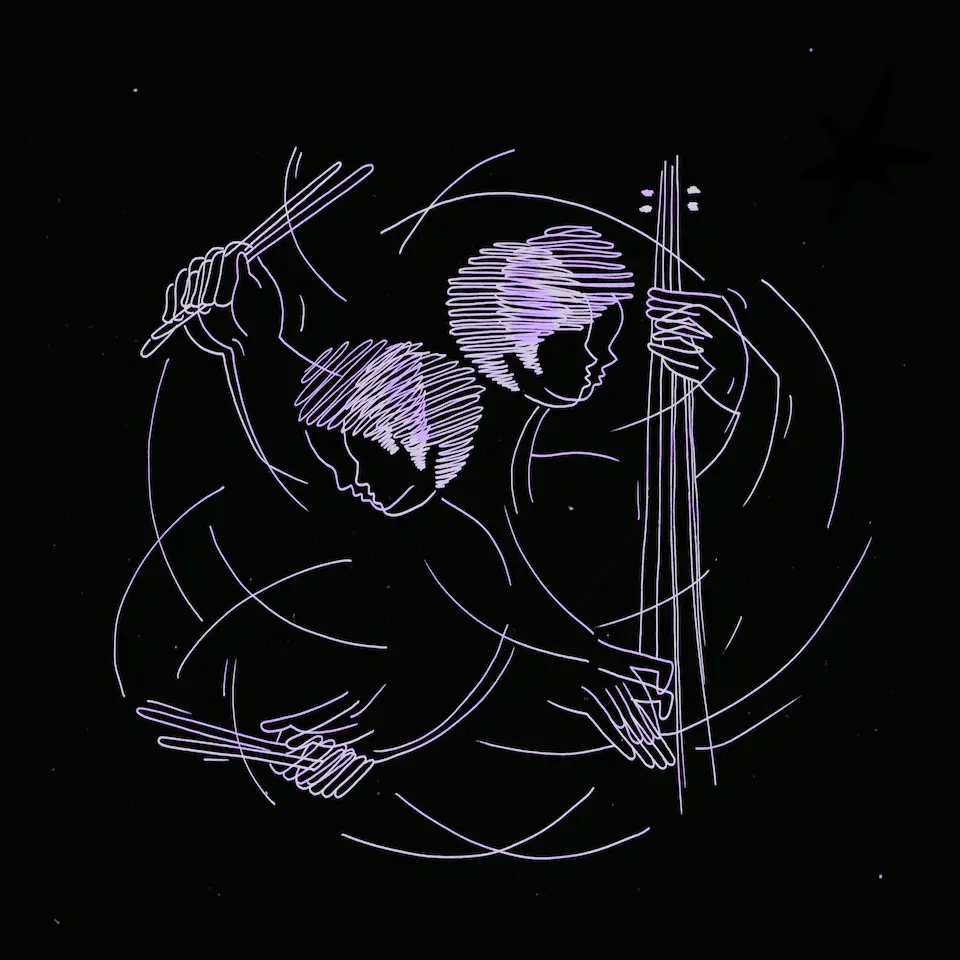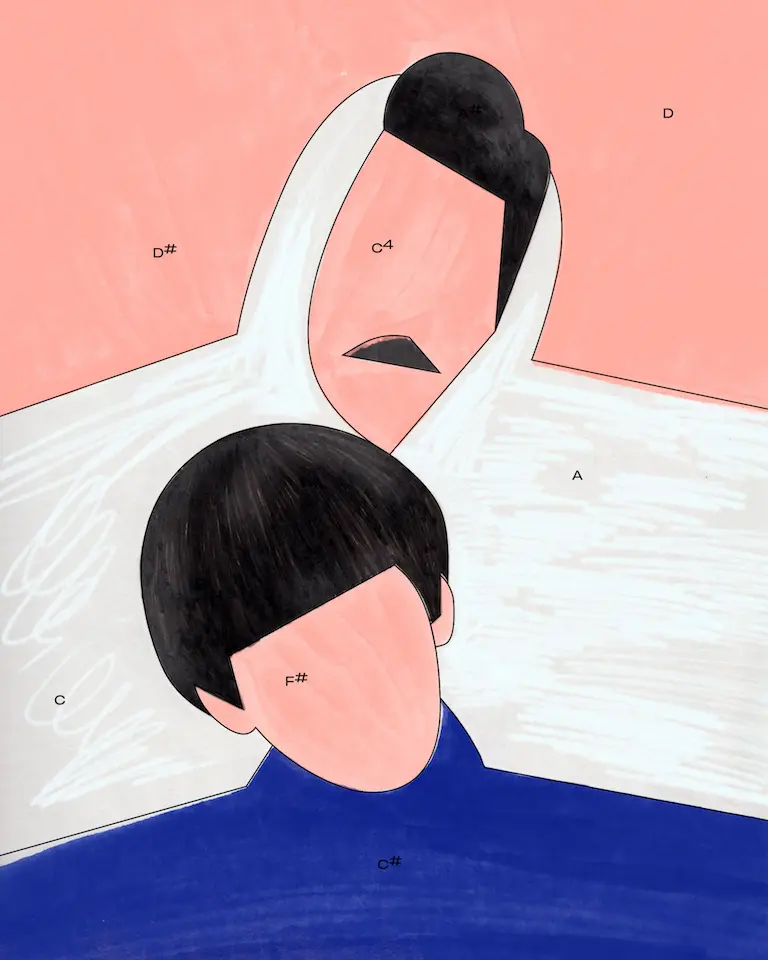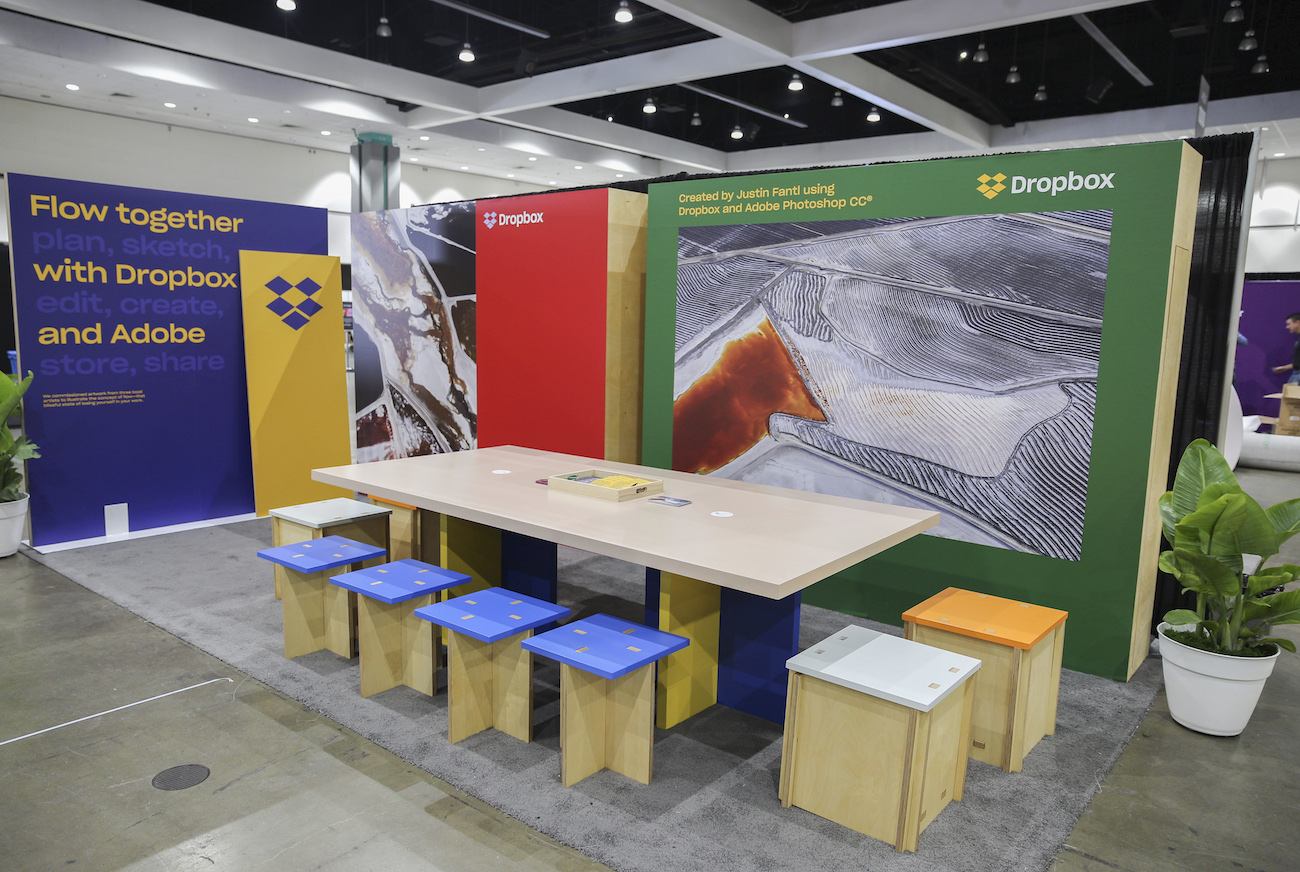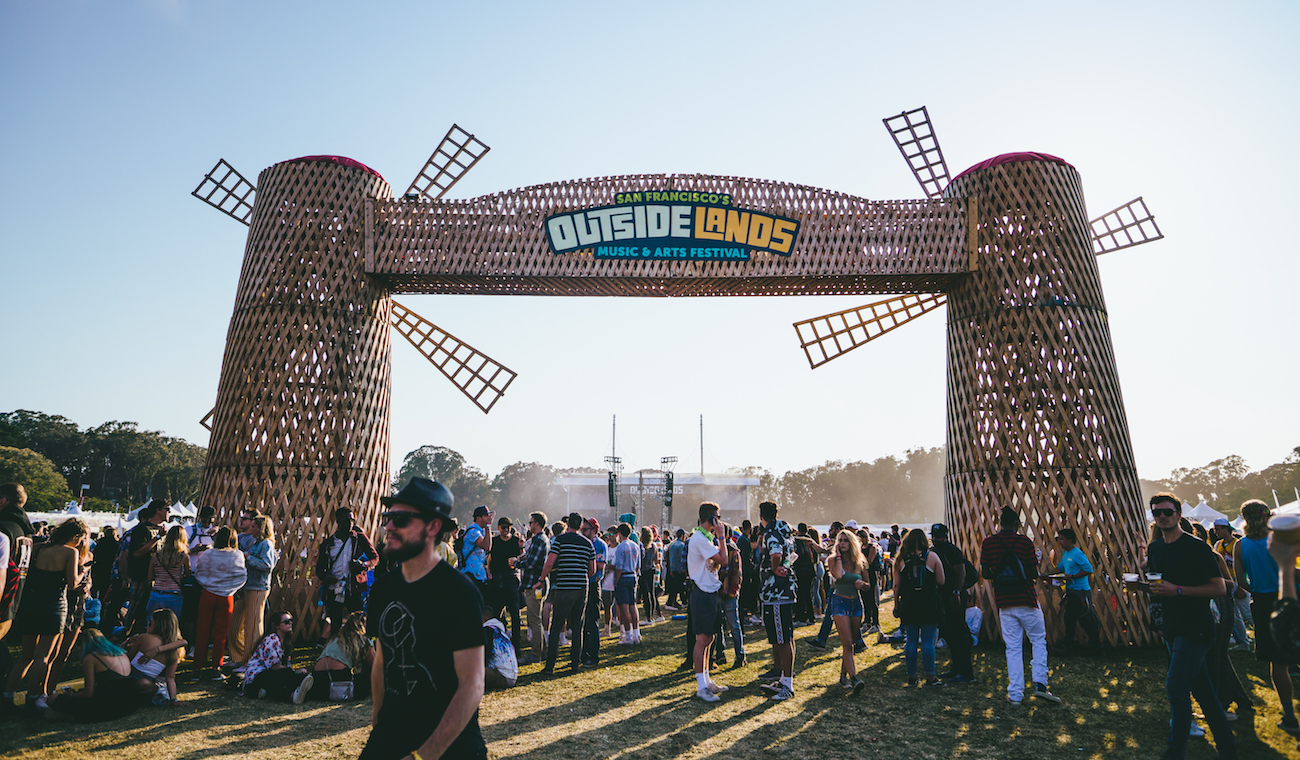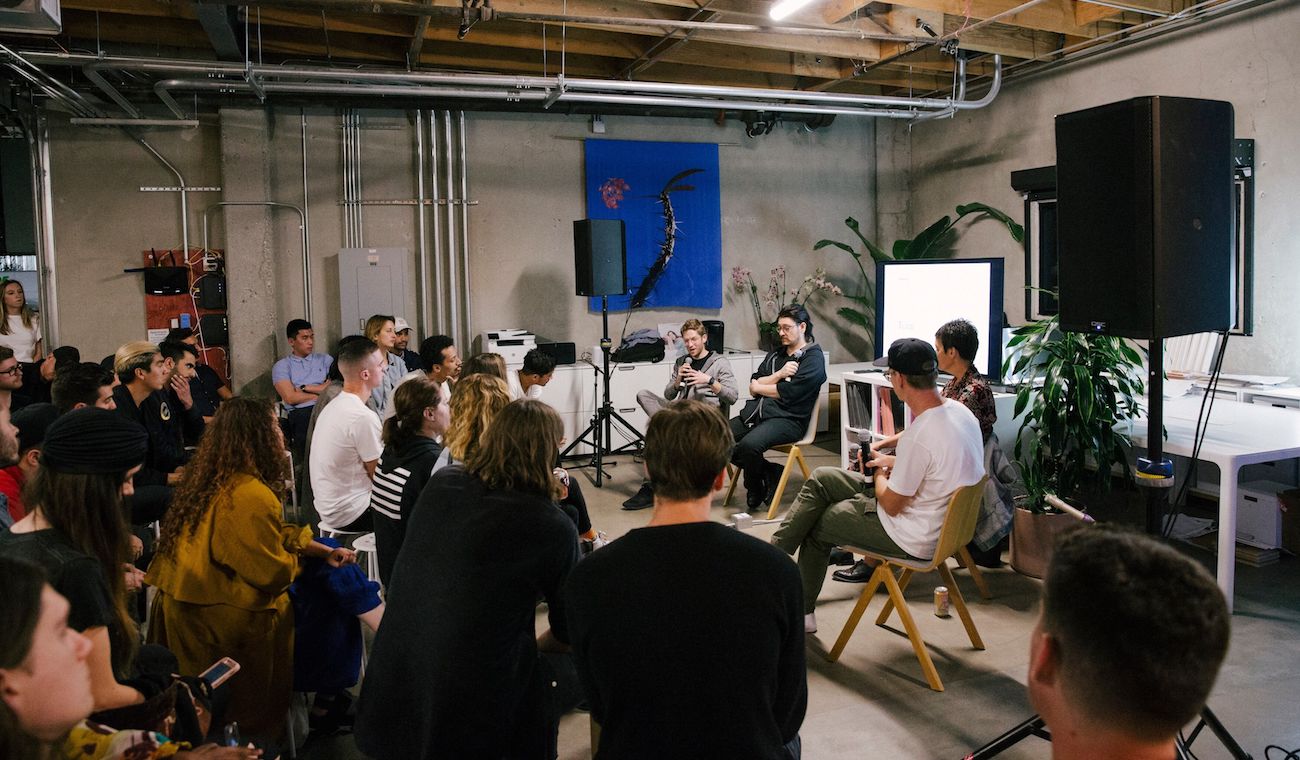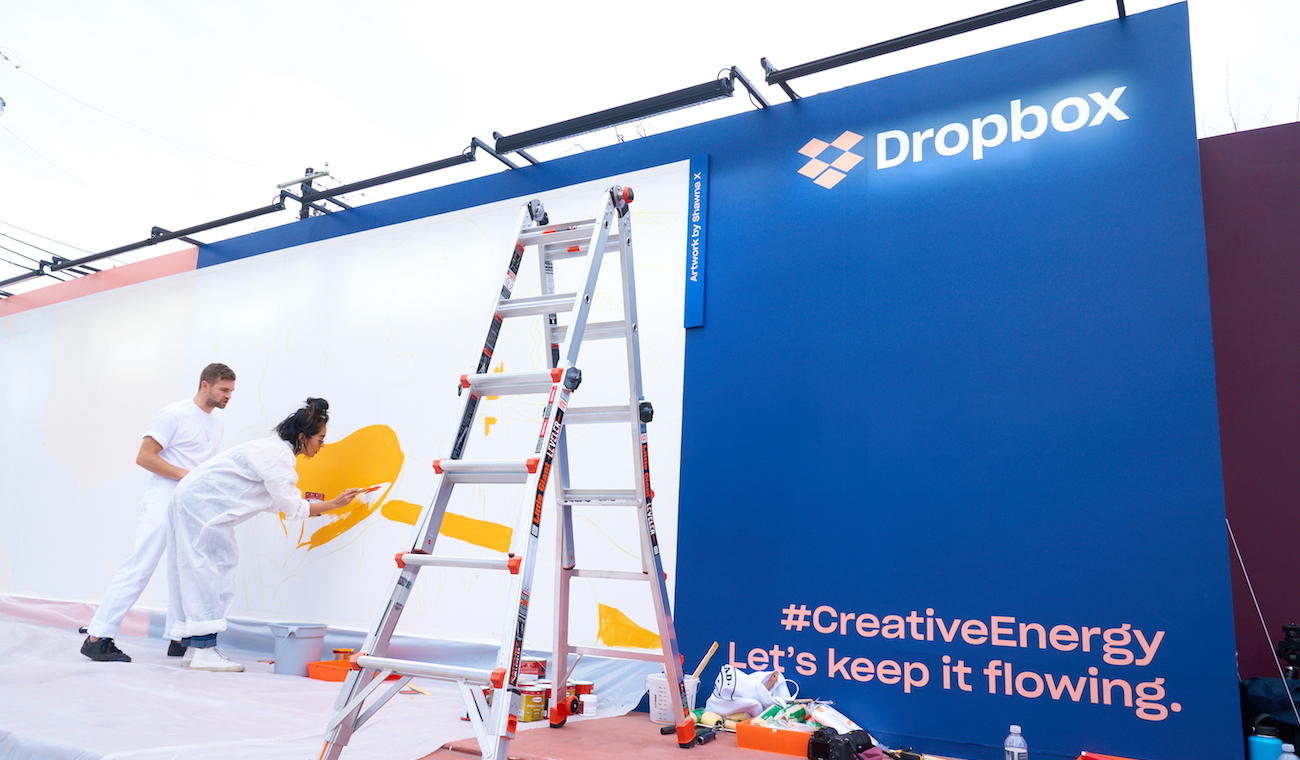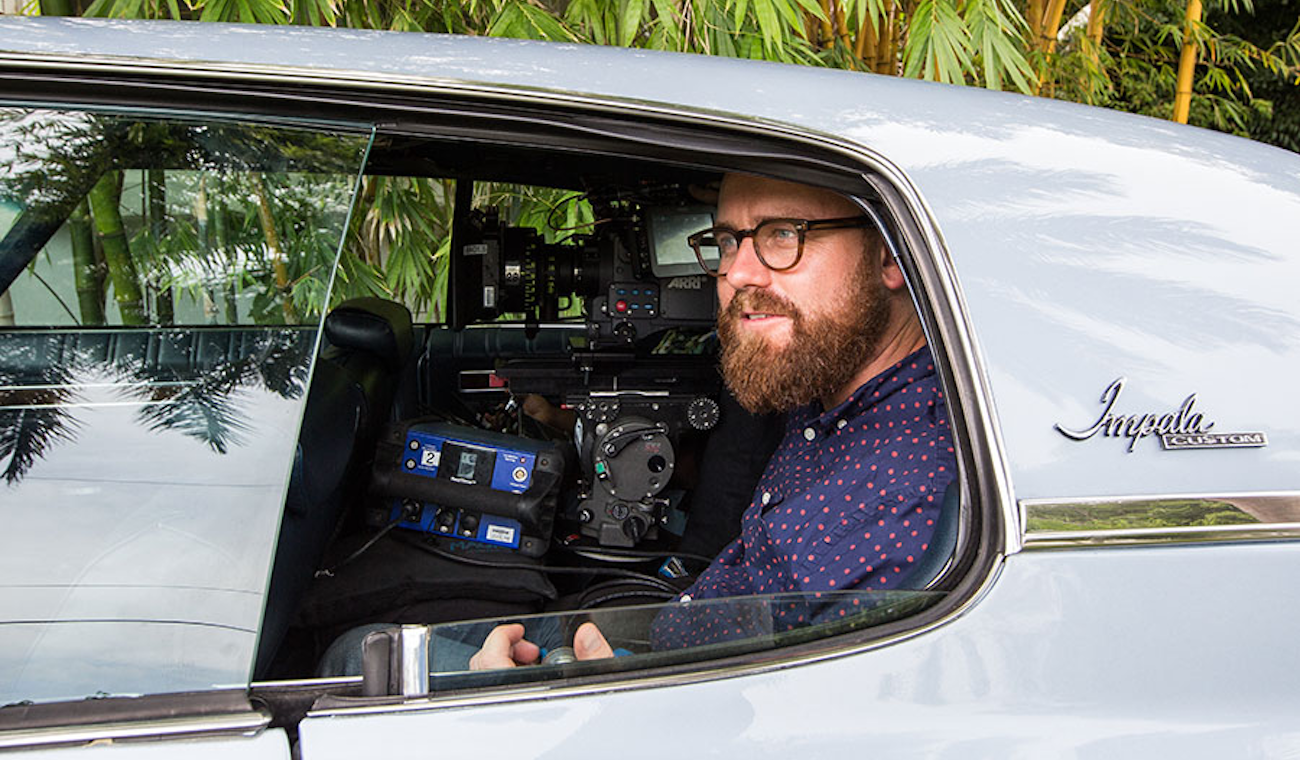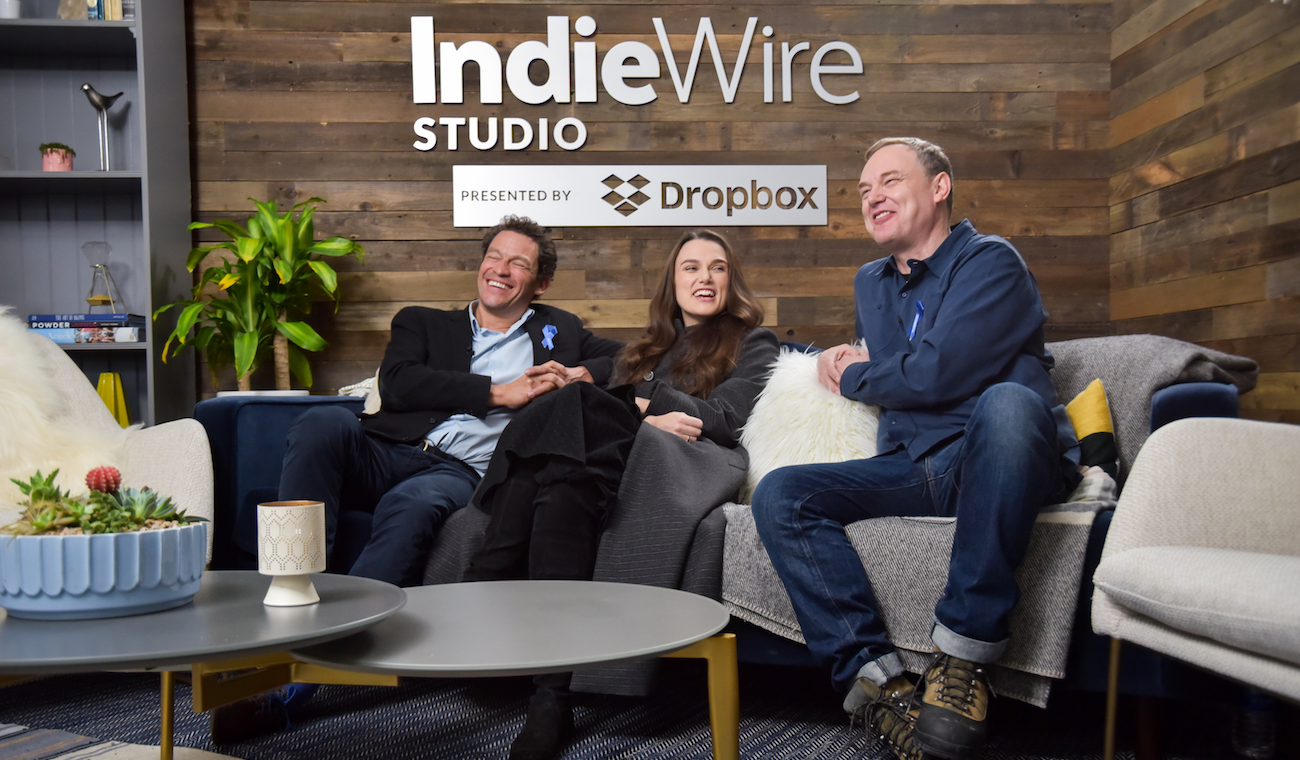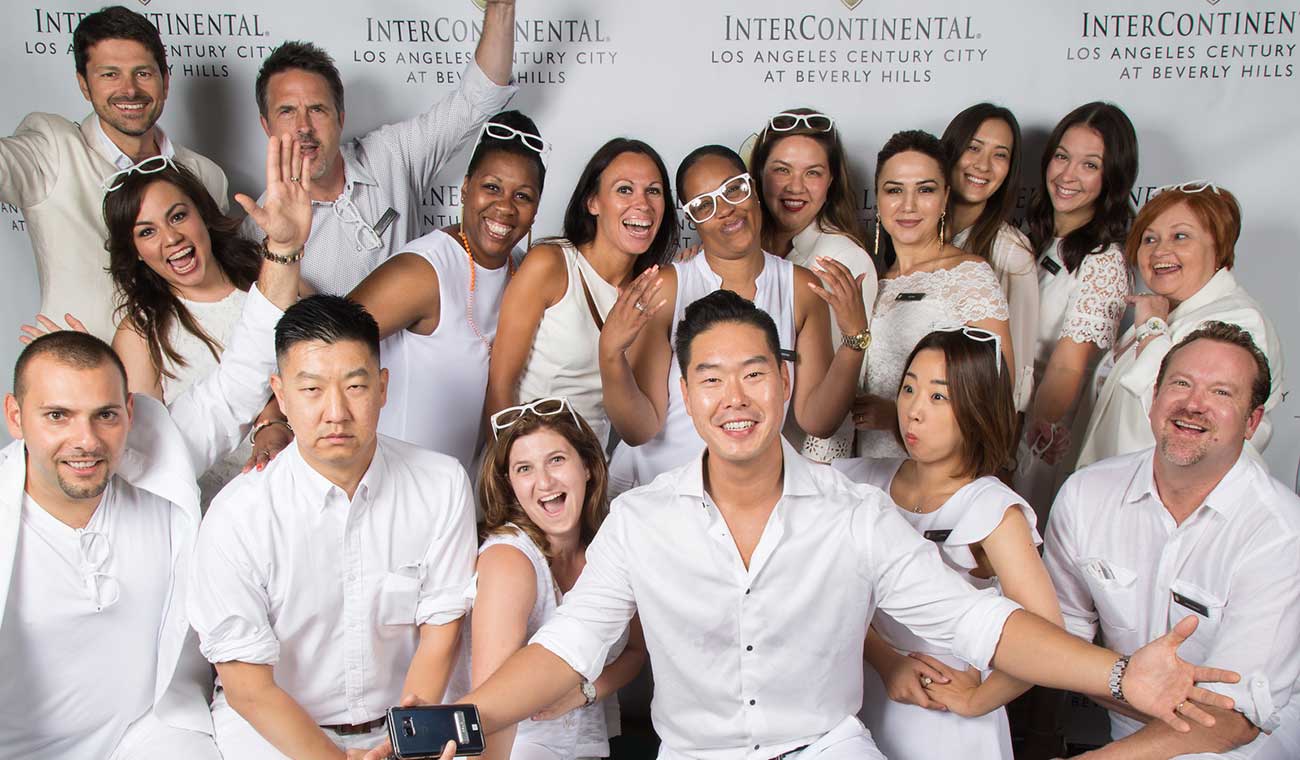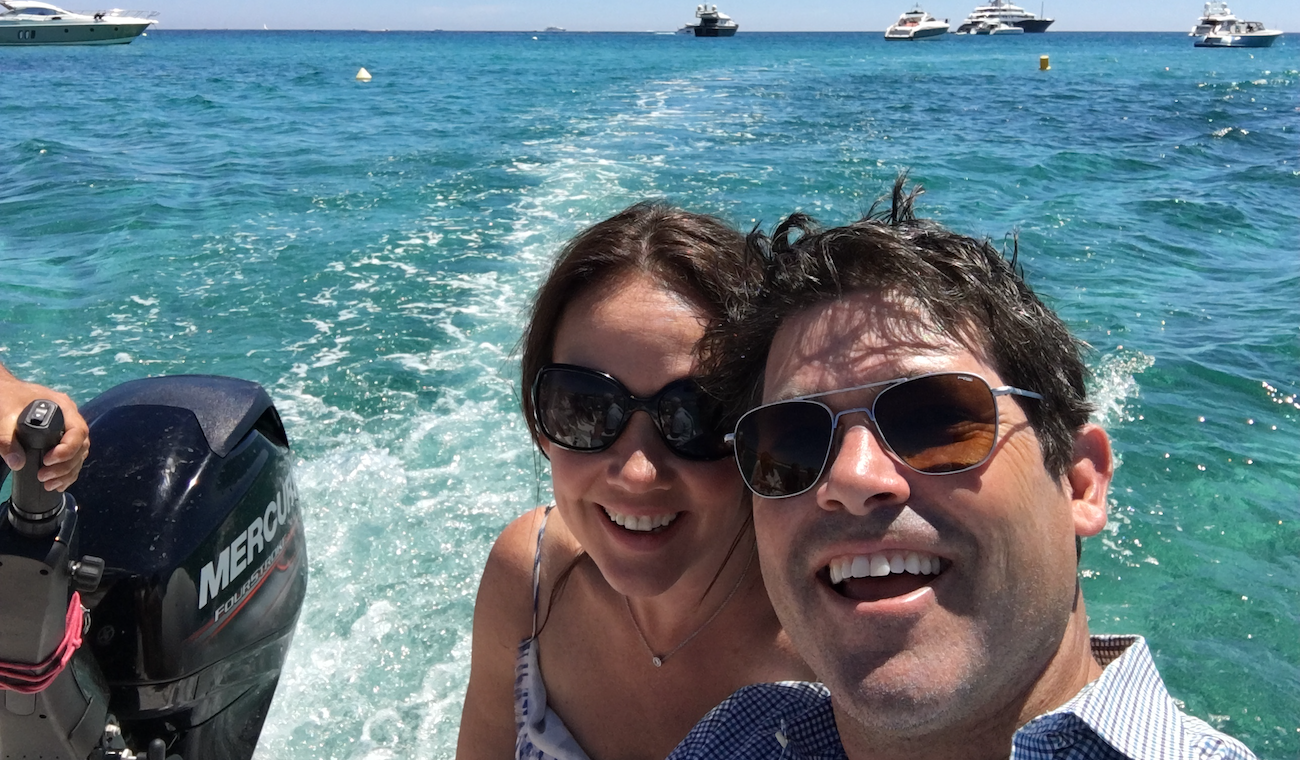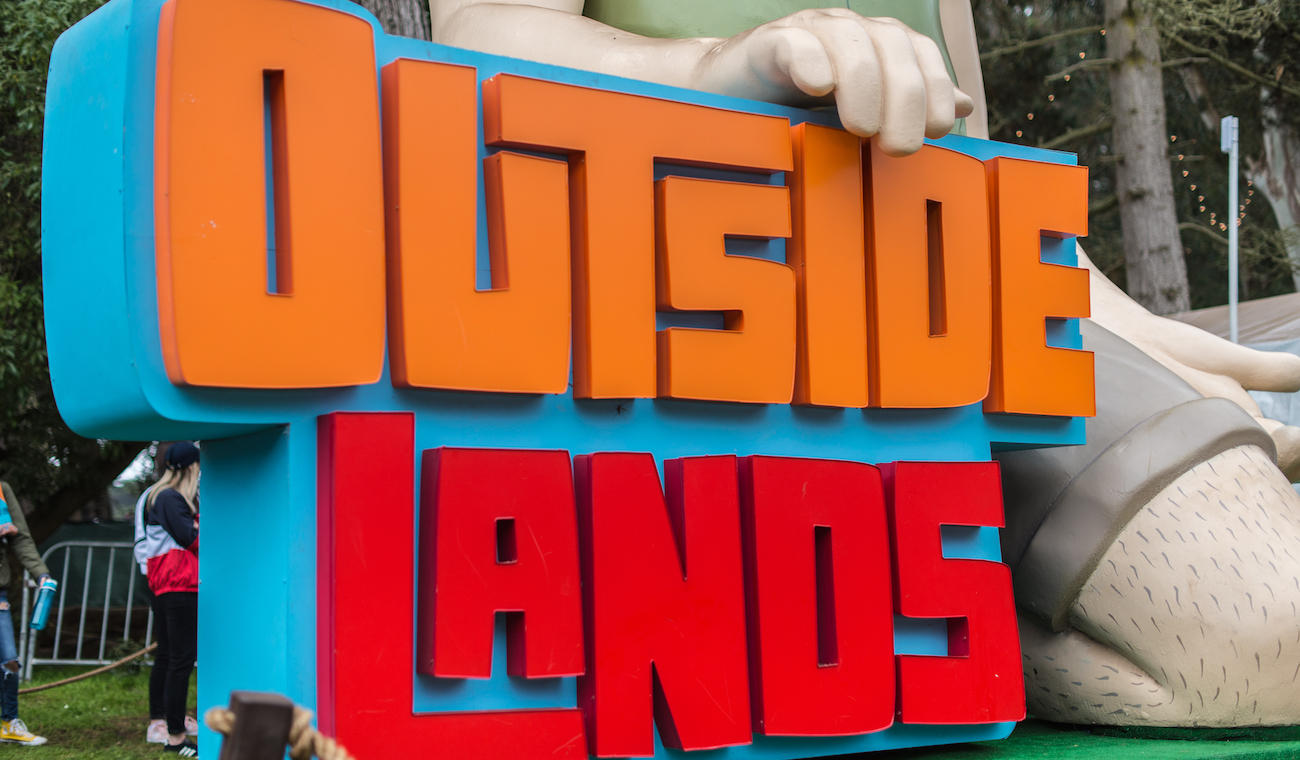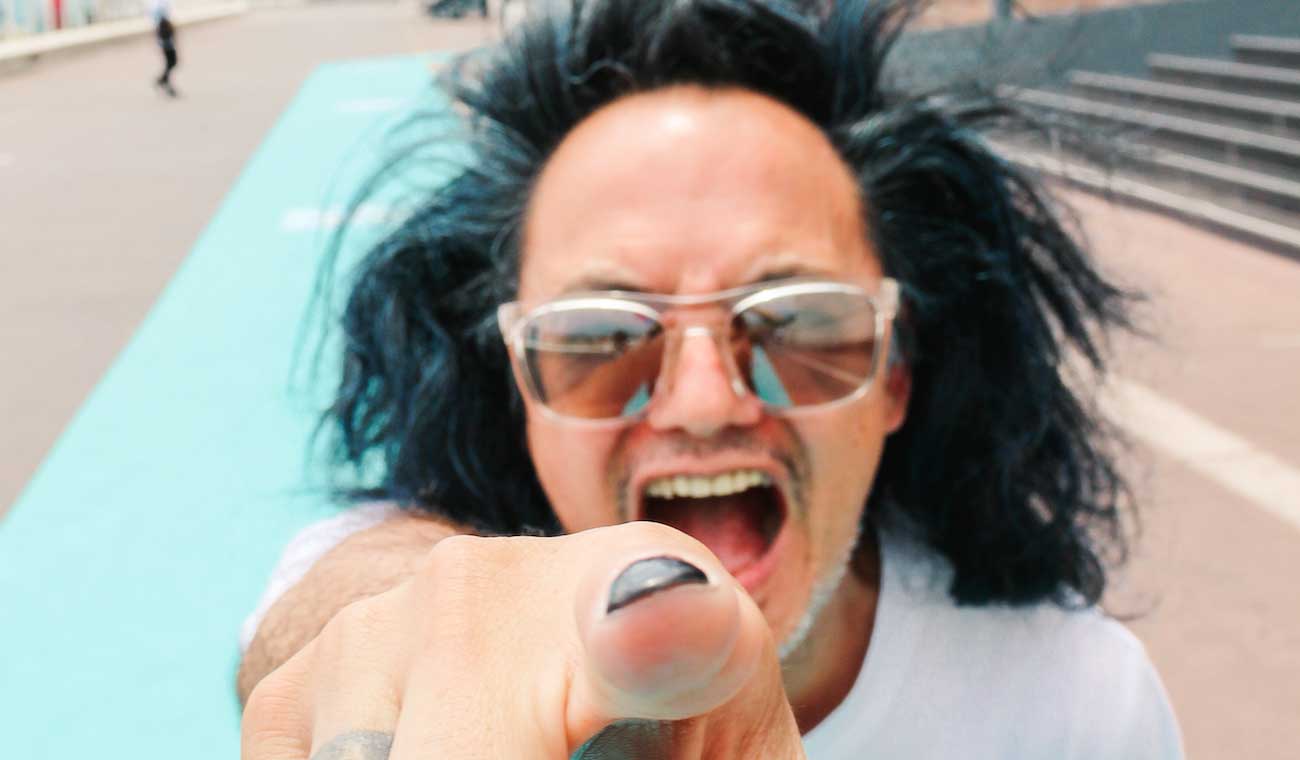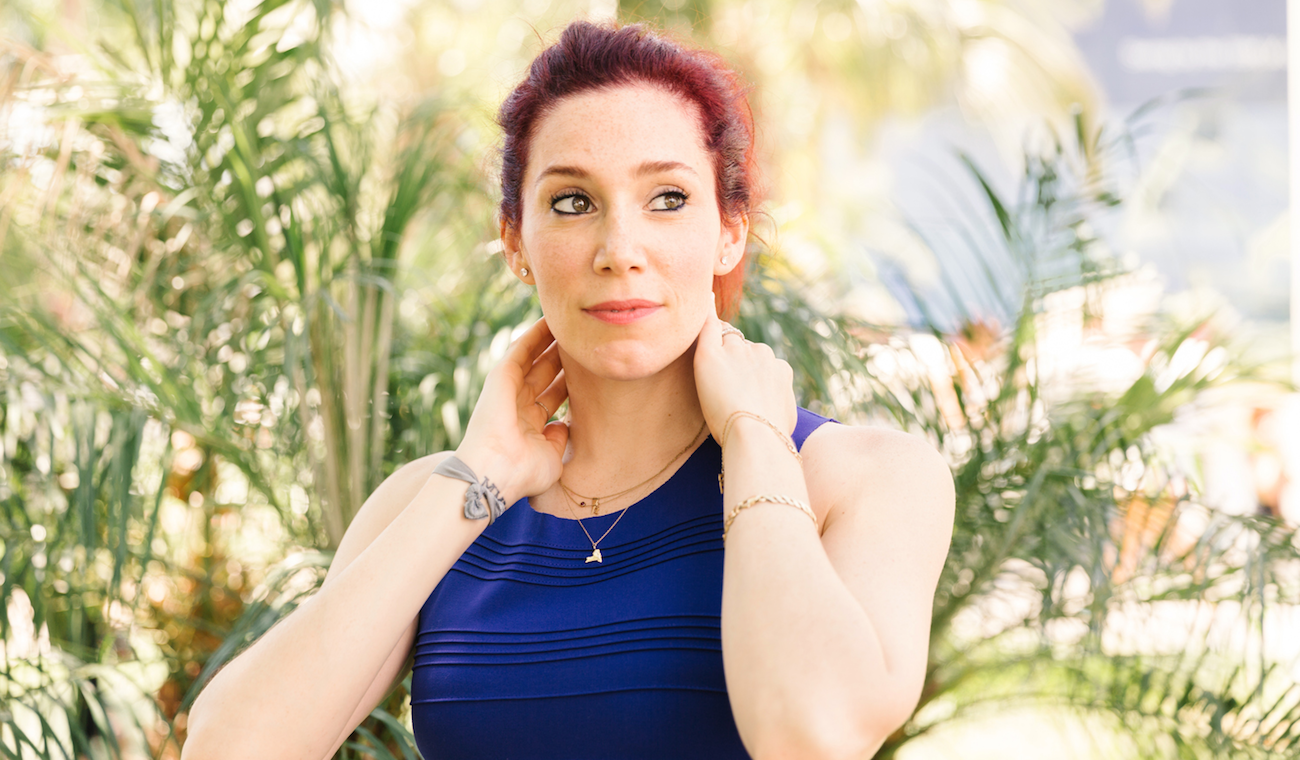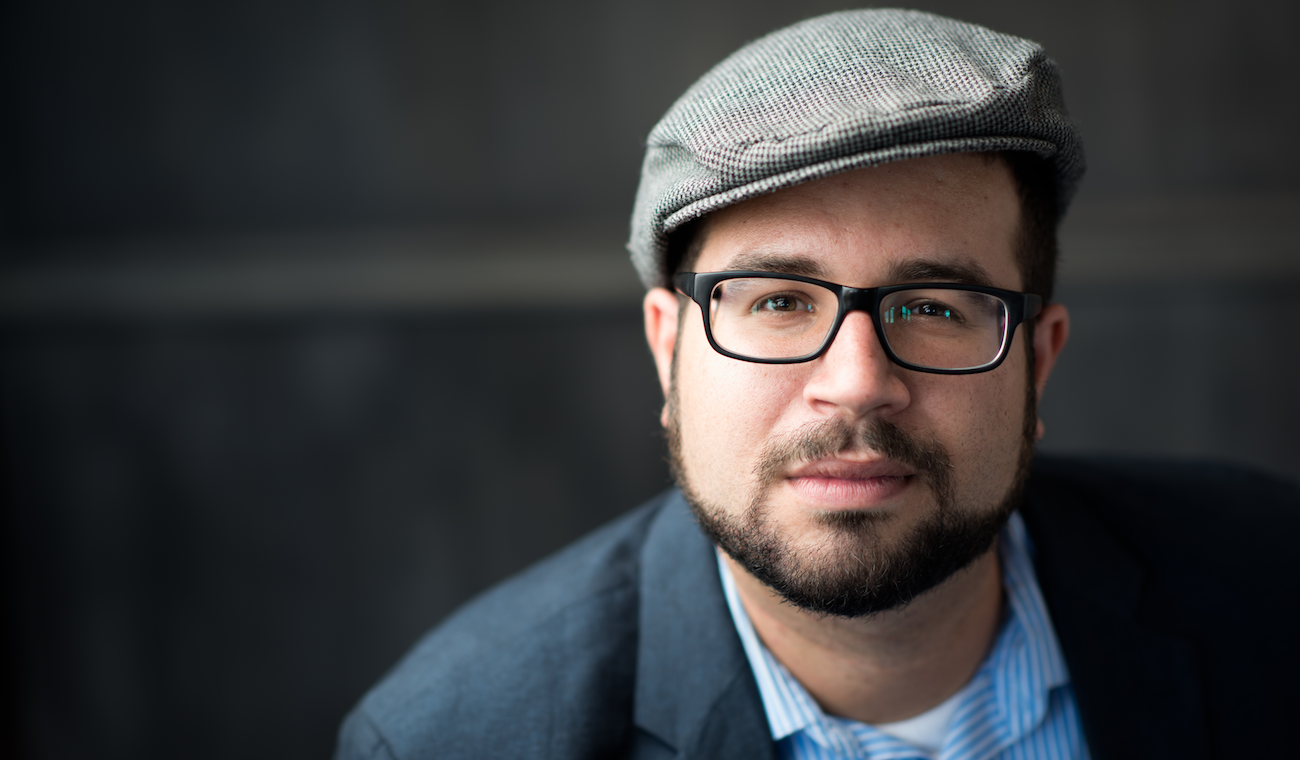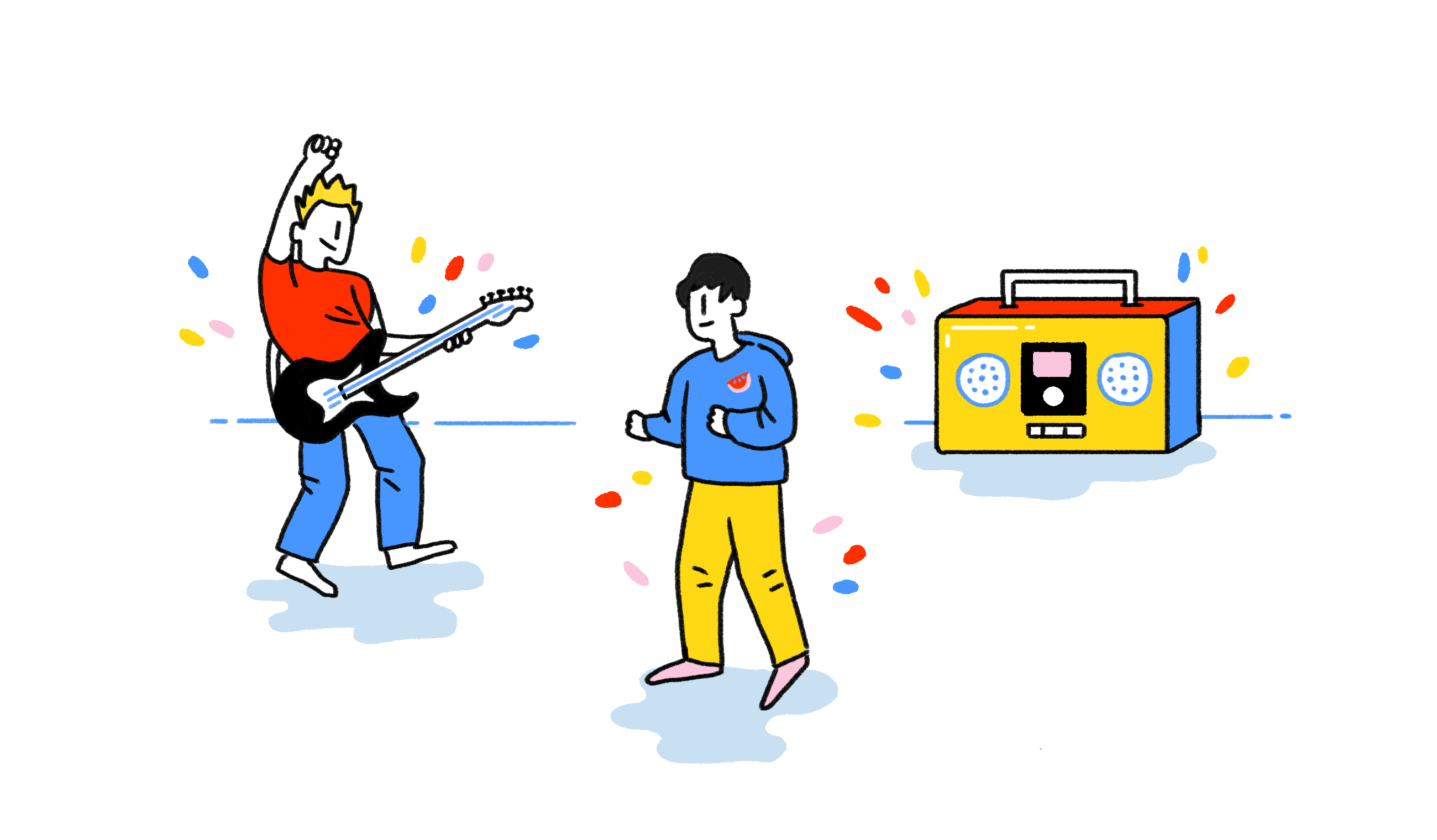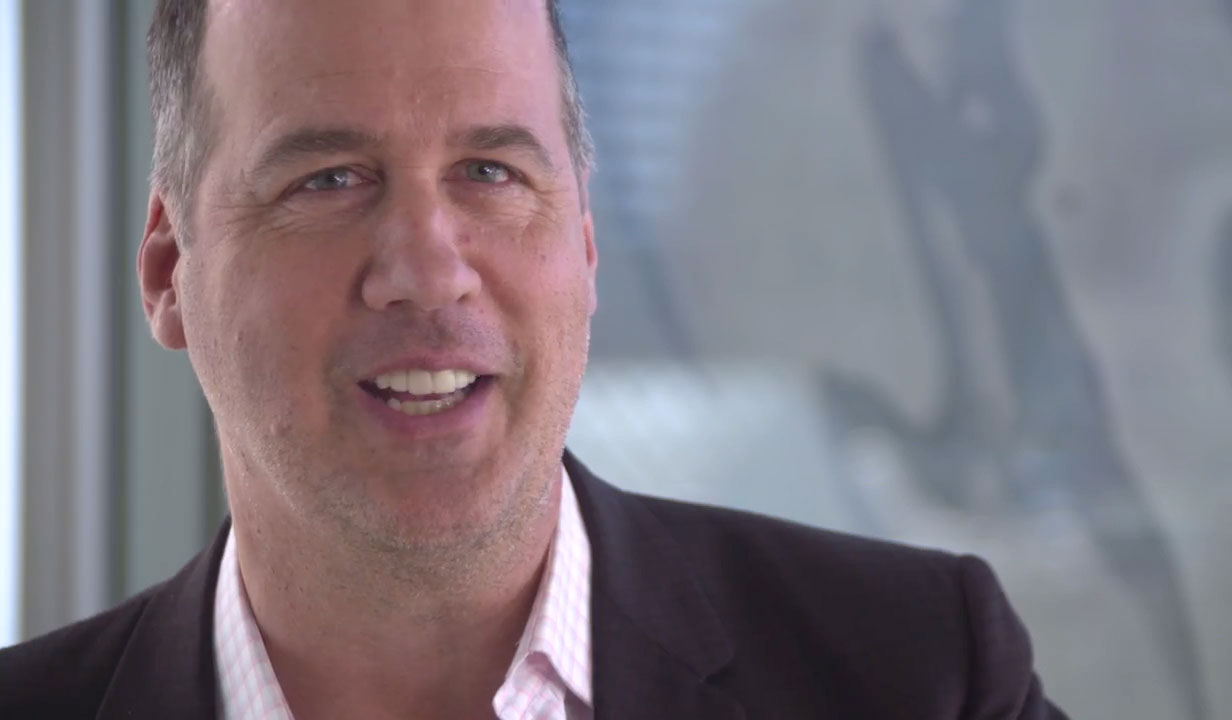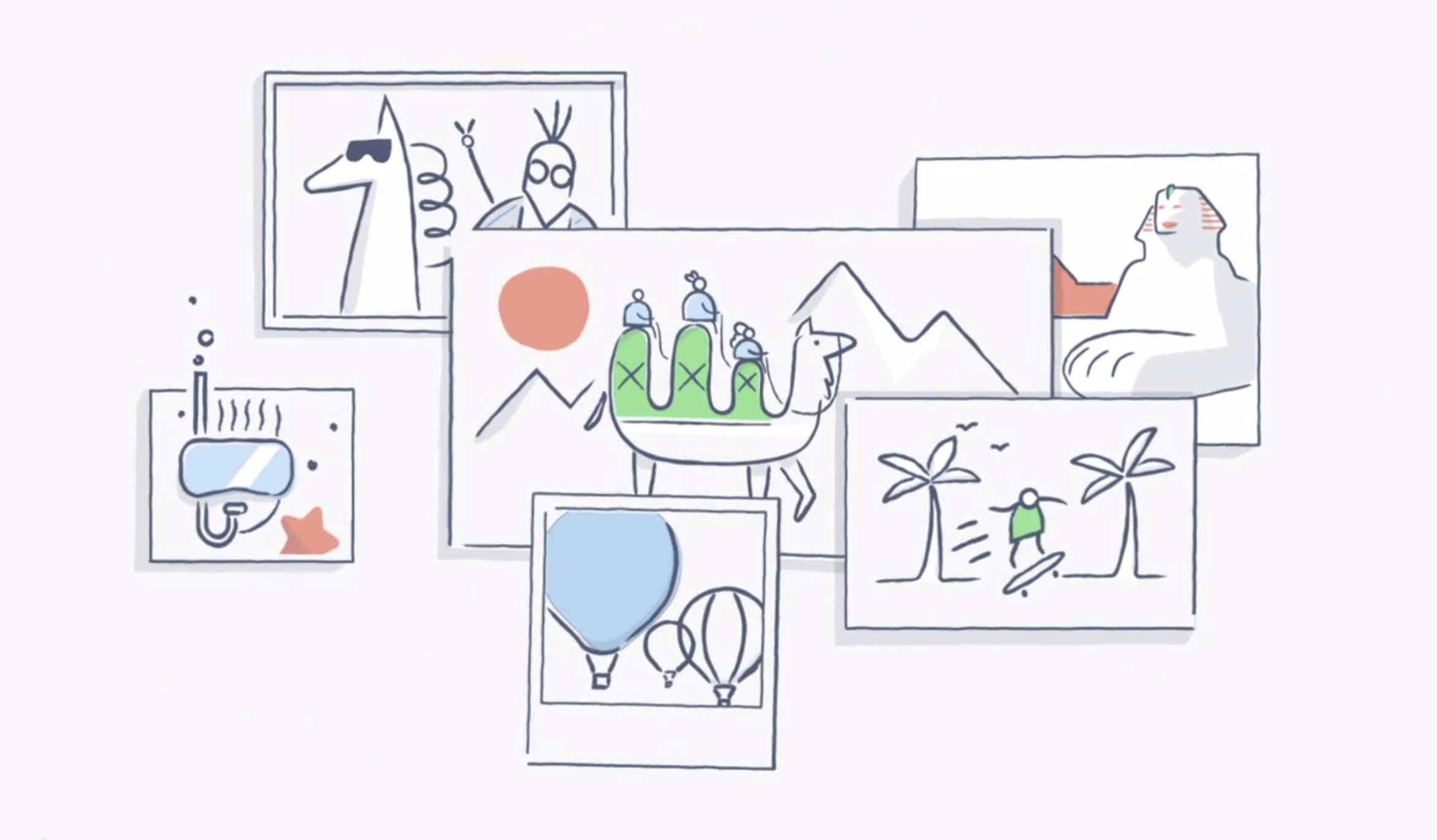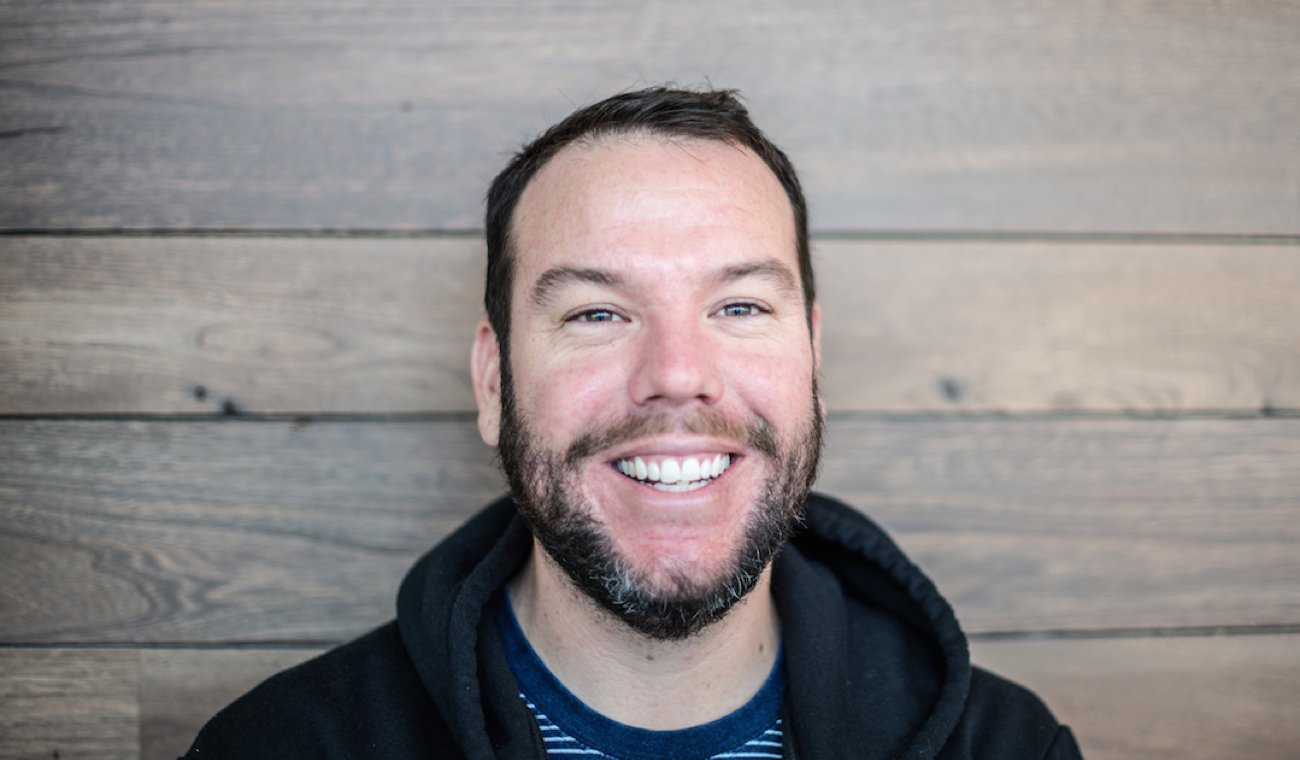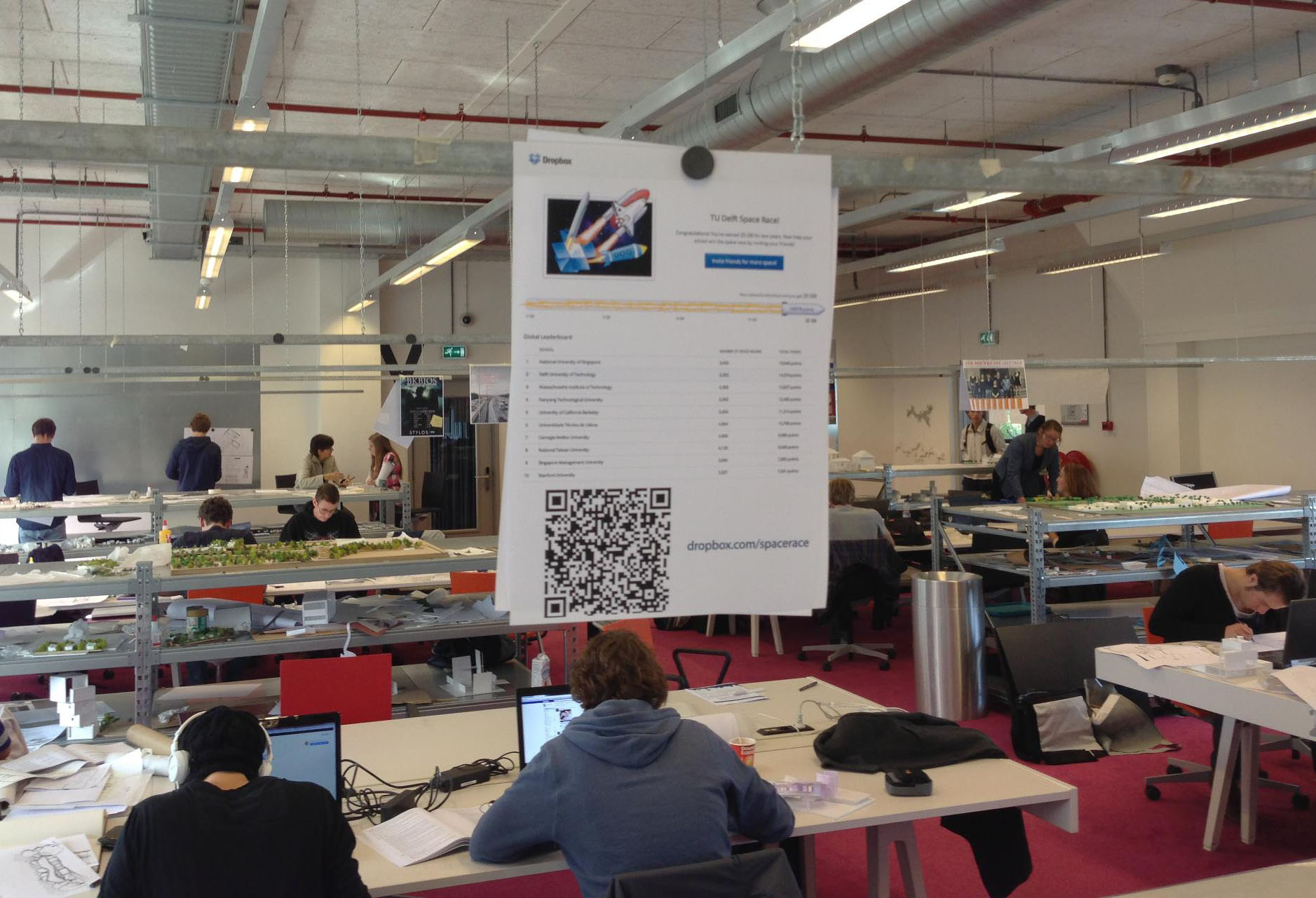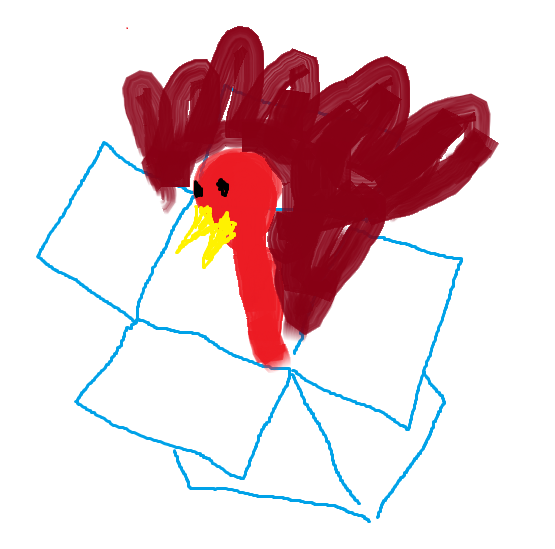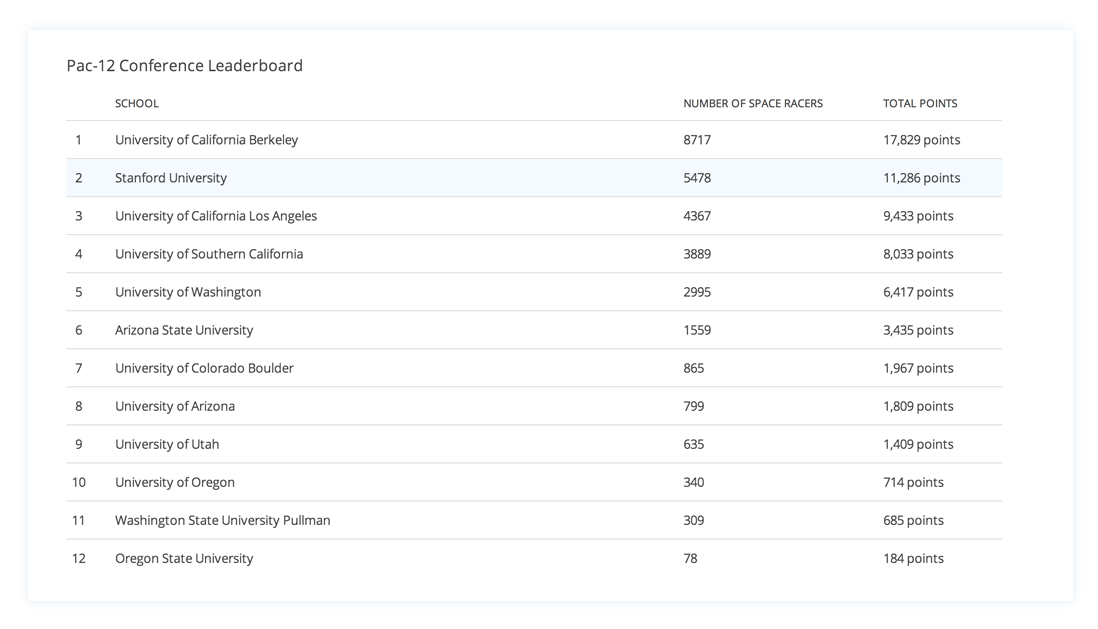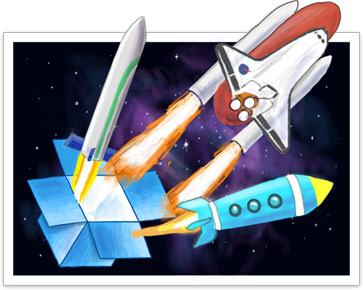
Q&A with Debbie Millman: author, educator and host of Design Matters
Published on September 20, 2017
As a designer, artist, author, educator, and host of Design Matters, the first and longest-running podcast on design, Debbie Millman has been called “one of the most creative people working in business” by Fast Company.
We caught up with Debbie at the opening of Text Me: How We Live in Language, an exhibit she’s curating at The Museum of Design Atlanta through February 2, 2018. As proud sponsors of the show, we wanted to chat with her about the inspiration behind the exhibit, the collaborators who helped bring it to life, and her work with Alina Wheeler on the new edition of the book, Designing Brand Identity.
Could you tell us more about Text Me? What’s the show about?
Text in all of its visual forms impacts our world today. From social media to tattoos to way-finding signage to fine art, fast-moving consumer goods, clothing, household goods and decoration, bold typographic expression has become the cultural currency of communication and the centerpiece of connection.
Humans have used language to pass on knowledge, beliefs, values, secrets and information throughout history. Through language we explain how things are, why they are, and our role and purpose. Language is the building block of knowledge and the foundation of memory and learning. It connects us with our humanness and links past, present, and future by sharing all of the possible consequences and outcomes of our behavior and actions.
The individual component of language—text—is the prime vehicle used to express the experiences of our existence—from minor moments of daily life to the grand nature of the human condition. Our ancestors as far back as the cave man have been using symbols to document and record experiences.
Today, the visualization of our personal stories is an integral and essential part of nearly every moment of life, and we use text in all of its forms to define reality, emotions and even time itself. We are now living in a world wherein the condition of our visual communication reflects the condition of our culture.
This exhibition is an attempt to organize, express, translate and reflect both how we live in language and how language now defines our lives.
What was the initial inspiration for this show?
I’ve wanted to do a show like this for as far back as I can remember! I met Laura Flusche, the Executive Director of The Museum of Design at the HOW Design Live conference in 2015 and then again the next year.
I was invited to join a dinner with her after that second meeting and after a glass or two of wine, I told her that I had an idea for a show that I’d been thinking about forever. She asked me what it was, I told her and she asked me to put together a proposal. Several months later I was curating my first museum show.
Who were your collaborators and how were they involved in the development?
Laura Flusche was my primary collaborator and the magician who made this show happen. Susan Sanders is the exhibition designer and a genius. The entire staff at MODA have been amazing to work with.
And then, of course, there are the artists and designers. We have four artists creating installations: Timothy Goodman, Elle Luna, Ken Carbone and Gemma O’Brien. We have a collection from Jonn Herschend’s The Thing, featuring pieces by Miranda July, Dave Eggers, David Shrigley and Experimental Jet Set… It is really going to be spectacular.
Could you tell us about your process for curating the show?
I approached artists and designers that I love and admire and wrote them letters or emails or called them and invited them to be in the show. It was that simple and that hard. The artists in this exhibition combine narrative text with two- and three-dimensional physical objects to augment and enhance the experience of expression.
Their work is intimate and interpretive. The common denominator they all share is the application of language as a vehicle for observing, assessing and interpreting reality—from minor moments of daily life to the grand nature of the human condition.
How did technology play a role? What tools did you use and how did they help you bring the show to life?
We couldn’t have done this show without Dropbox. I live in NYC, the museum is in Atlanta, and we have artists from all over the world. So we needed one place where we could store and access everything and be able to see the exact same files in real life.
You’re also helping to put together the new edition of the book, Designing Brand Identity by Alina Wheeler. Can you take us through your process for that project?
Yes! I worked very closely with Alina Wheeler on the 5th edition of Designing Brand Identity and it was a true thrill and honor. I worked on the foreword (which was an interview I conducted with her—so much fun!) and helped to curate the packaging design sections, given my background and expertise in the discipline.
I chose the design firms and their specific projects to feature, and then wrote about them and curated the visual assets. Alina is a genius and it was an humbling experience to work with her on this important book.
You host the popular podcast Design Matters. How did that get started? Who’s been your favorite person to interview and why?
In 2005, I started my Design Matters podcast. I often say that Design Matters began with an idea and a telephone line. After an offer from the Voice America Business Network to create an online radio show in exchange for a fee—yes, I had to pay them—I decided that interviewing designers who I revered would be an inventive way to ask my heroes everything I wanted to know about them.
I started broadcasting Design Matters live from a telephone modem in my office in the Empire State Building at Sterling Brands. After the first dozen episodes, I began to distribute the episodes free on iTunes. I realized the opportunity to share the brilliance of my guests with an audience I never expected was the gift of a lifetime, not only because I had a built-in permission slip to ask some of the greatest designers in the world questions about how they became who they are, but also because I could freely offer this to others as well.
Design Matters inadvertently became the first-ever design podcast and now, after 12 years, it is probably the biggest and most important thing I’m known for. The show has transitioned from a show about design to a show about how creative people design their lives.
I’m still endlessly fascinated by the arc of a life, and I’ve interviewed over 300 designers, artists, writers, business leaders, musicians, poets, playwrights and more. Some of my favorite episodes include interviews with Chris Ware, Chip Kidd, the 12 interviews I’ve conducted with Steven Heller (we have an annual show; it’s become our ritual), Simon Sinek, Amanda Palmer, Elizabeth Alexander, and so many more! In 2011, the show won a Cooper Hewitt National Design Award, and after 11 years, iTunes designated it one of the top 15 podcasts of 2015.
We now have about five million downloads a year, which blows my mind. Ironically, I started Design Matters when I felt like I was in a bit of a creative slump. All of my work at the time had veered to the commercial and I felt my creative spirit was dying. I thought the opportunity to create a little internet radio show with Voice America, if nothing more, could be a fun, creative experience. It ended up profoundly changing my life.
For anyone out there that is looking for their creative spark to come back, start now. Now’s the time to make the things you’ve always said you wanted to make. Create your own self-generated work with the work you can’t create for your clients. You never know where it is going to take you.
What's been your favorite design project and why?
My favorite projects are the design and brand positioning of the NO MORE movement and the Joyful Heart Foundation. I first started working to help eradicate domestic violence, sexual assault, and child abuse when I helped to create the NO MORE movement, which was created by a consortium of organizations including Verizon, Avon, Kimberly Clark, and the Joyful Heart Foundation. During that experience I met the founder of JHF, Law & Order SVU star Mariska Hargitay and CEO Maile Zambuto.
Maile subsequently invited me to help them with the branding and repositioning of the foundation. We launched that work last year with Vice President Joe Biden at the JHF annual gala at Lincoln Center. I also recently joined the JHF board, which, quite frankly, makes me feel like my whole life makes sense.
What fuels your creative energy?
Lately I’ve been asking myself, “If not now, when?” As I’ve been getting older, I have become increasingly concerned with time. I used to feel that my life was infinite; I never worried about having enough time to do all the things I want to do. Now I feel the passage of time in ways that I never imagined. So my creative energy is fueled by the notion that there is so much I want to and I never, ever want to waste time.



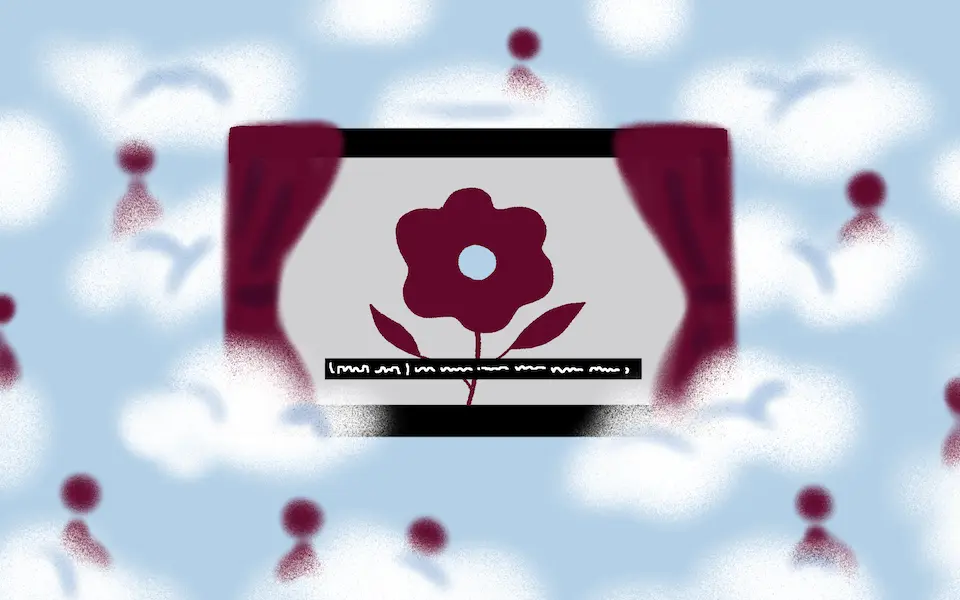
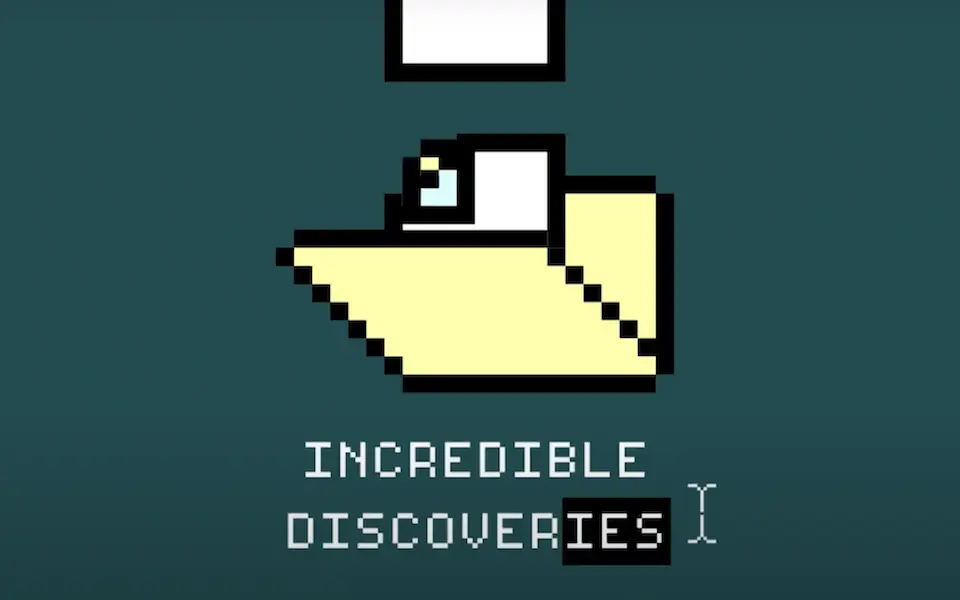
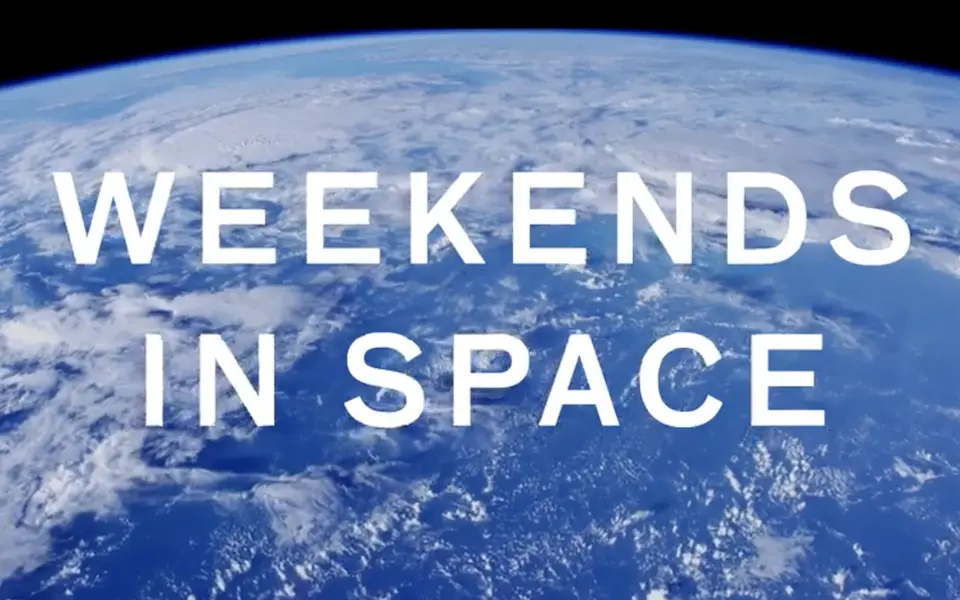
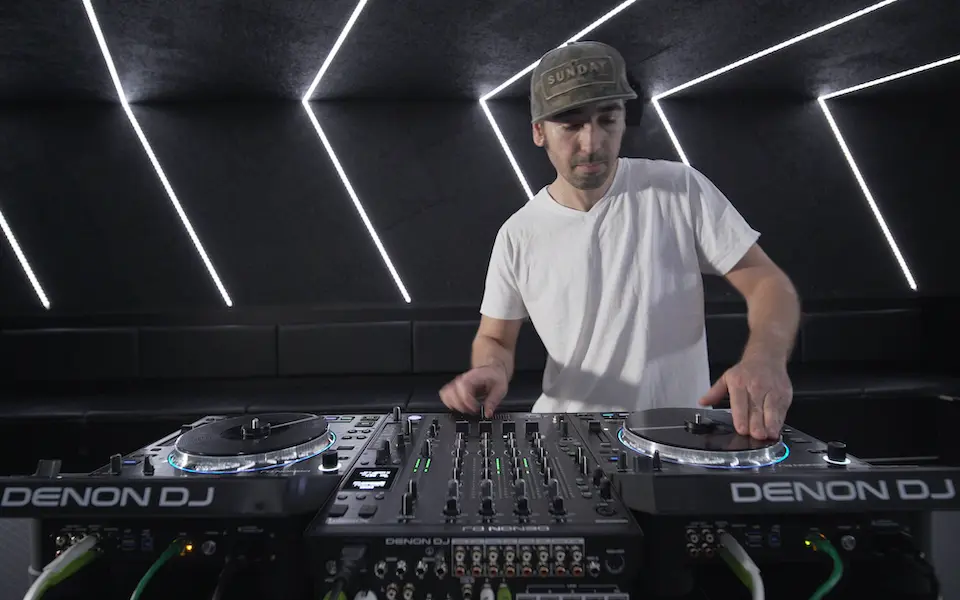
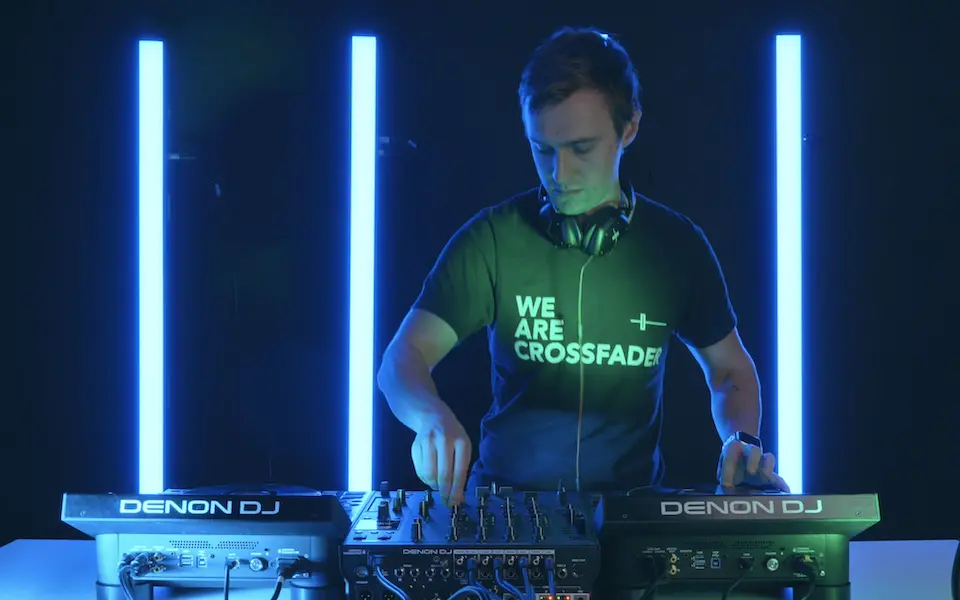



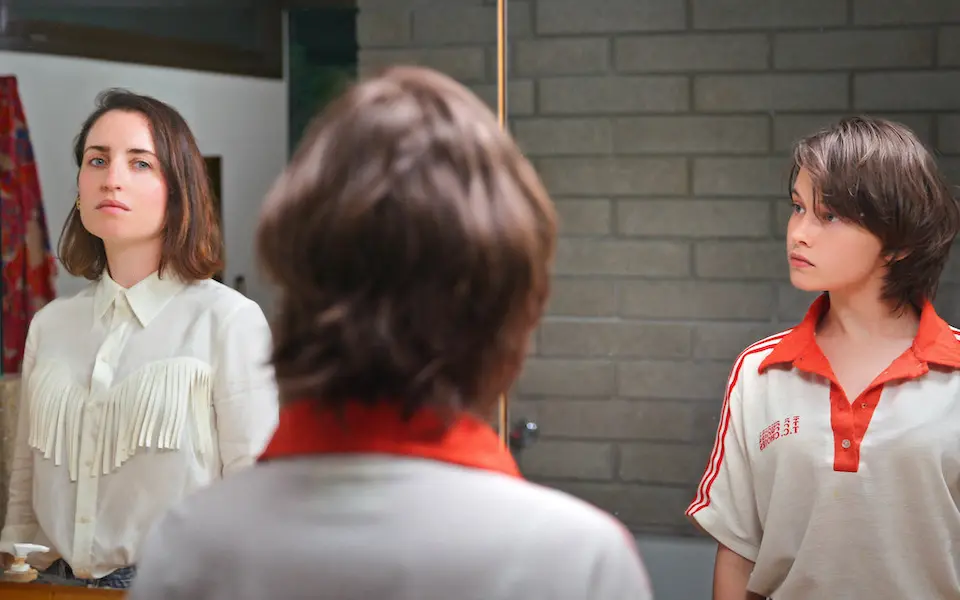

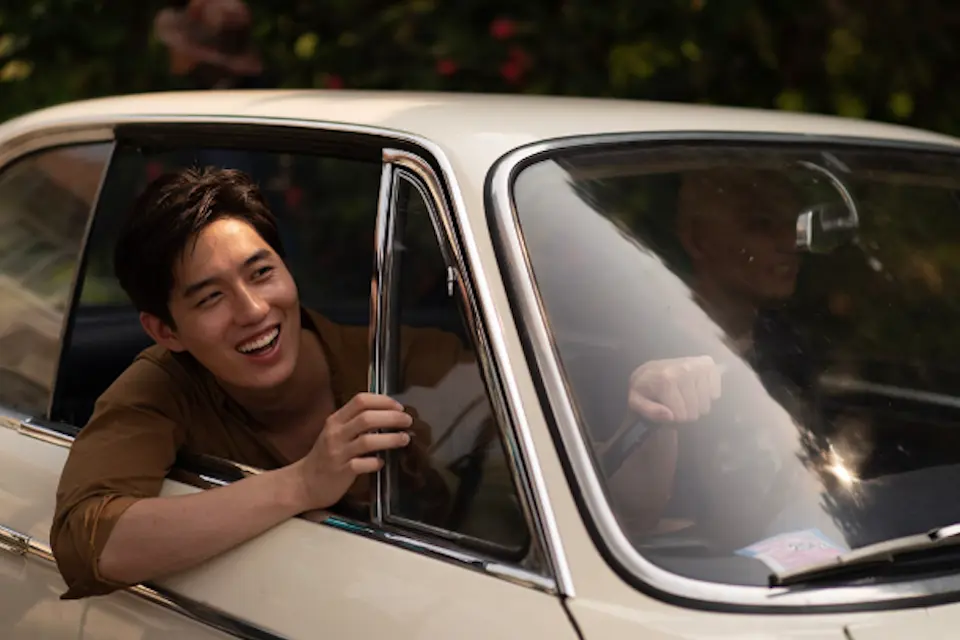


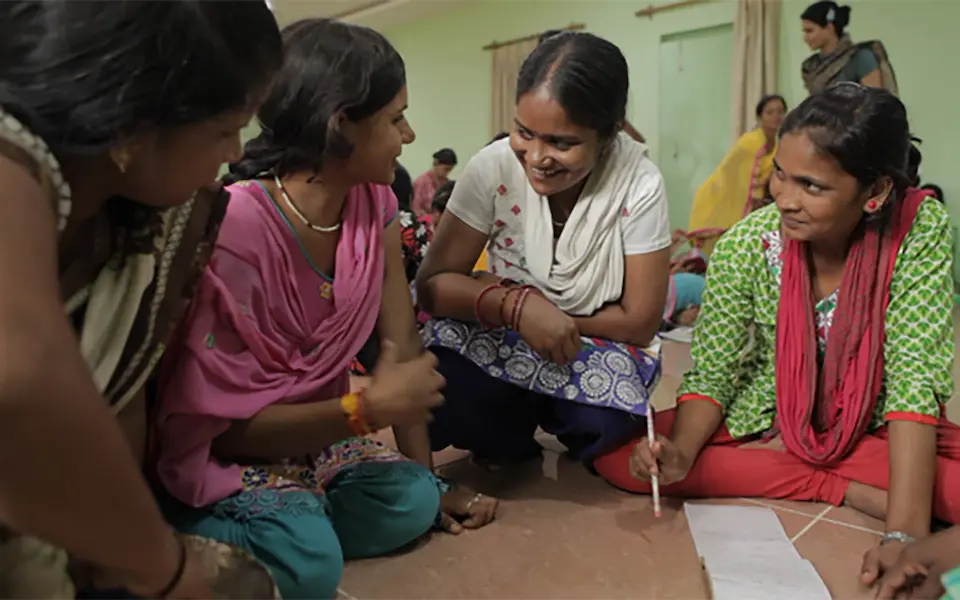
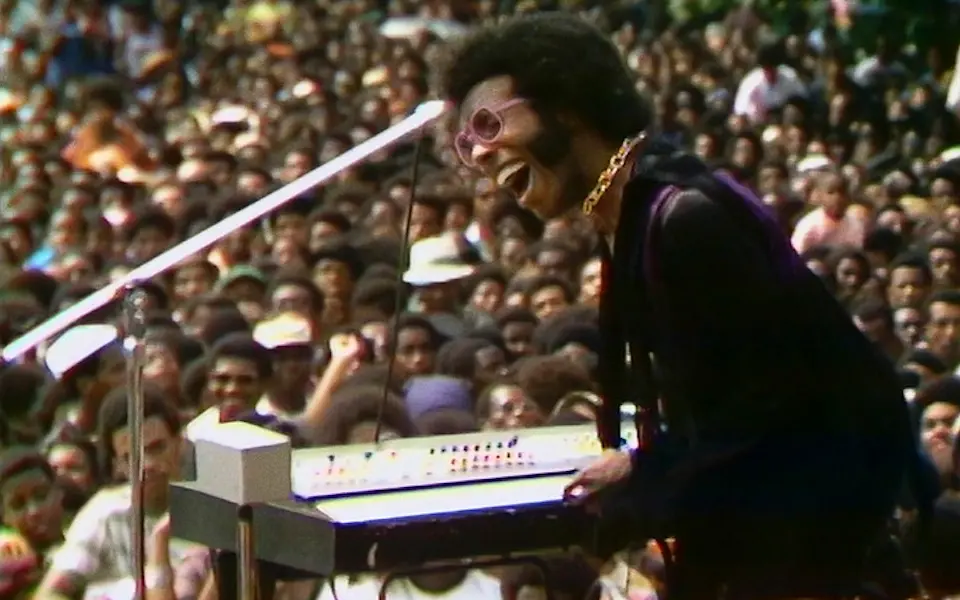
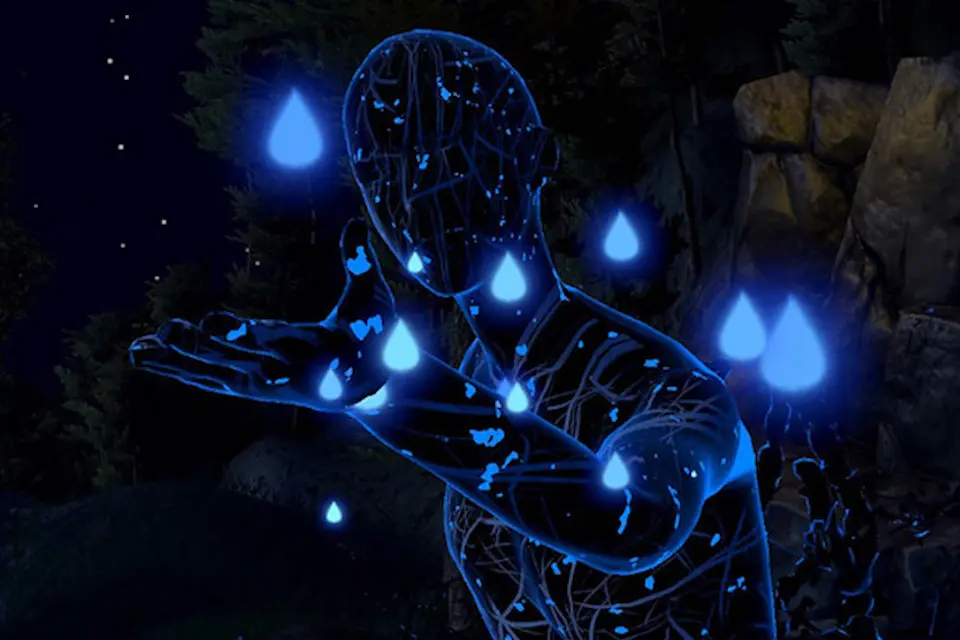
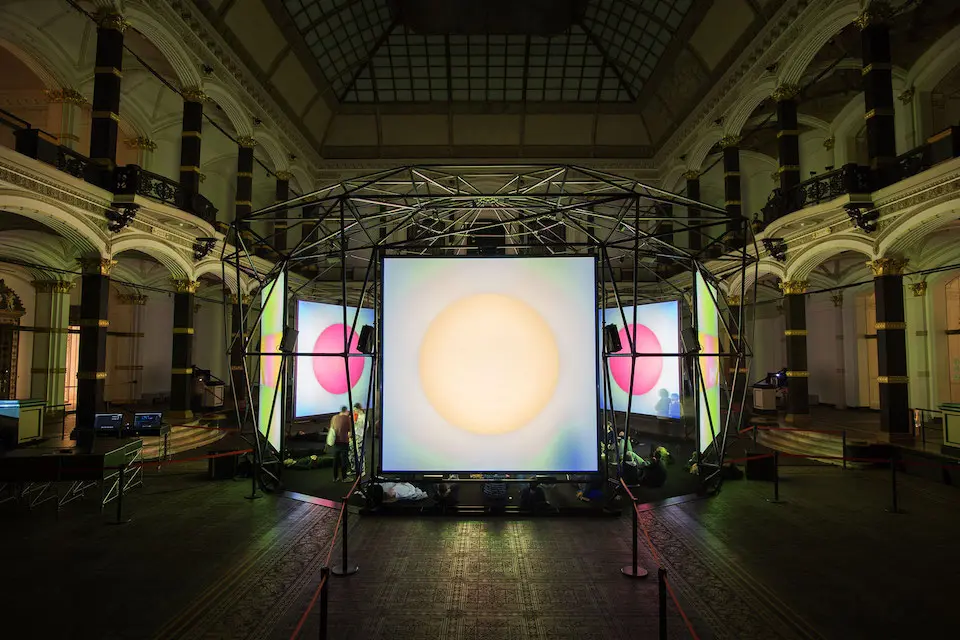


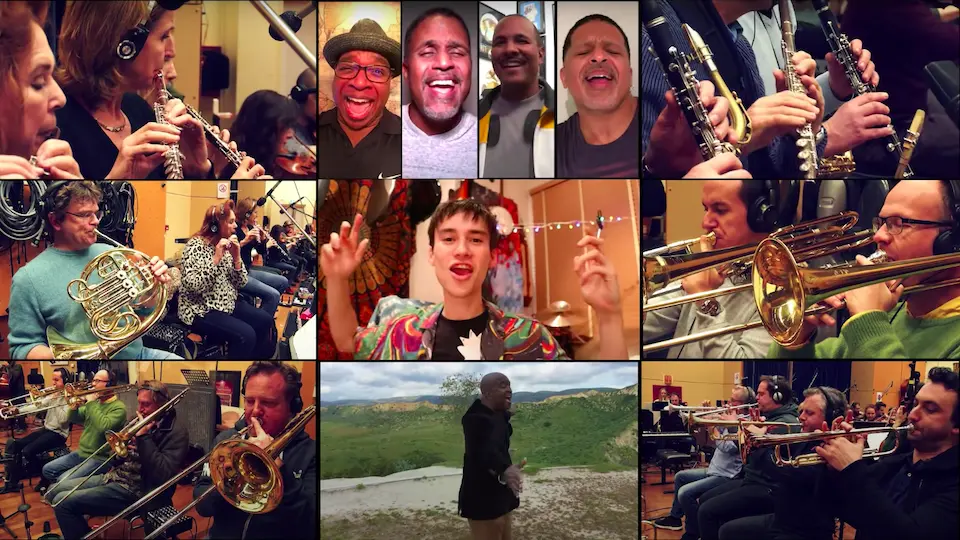

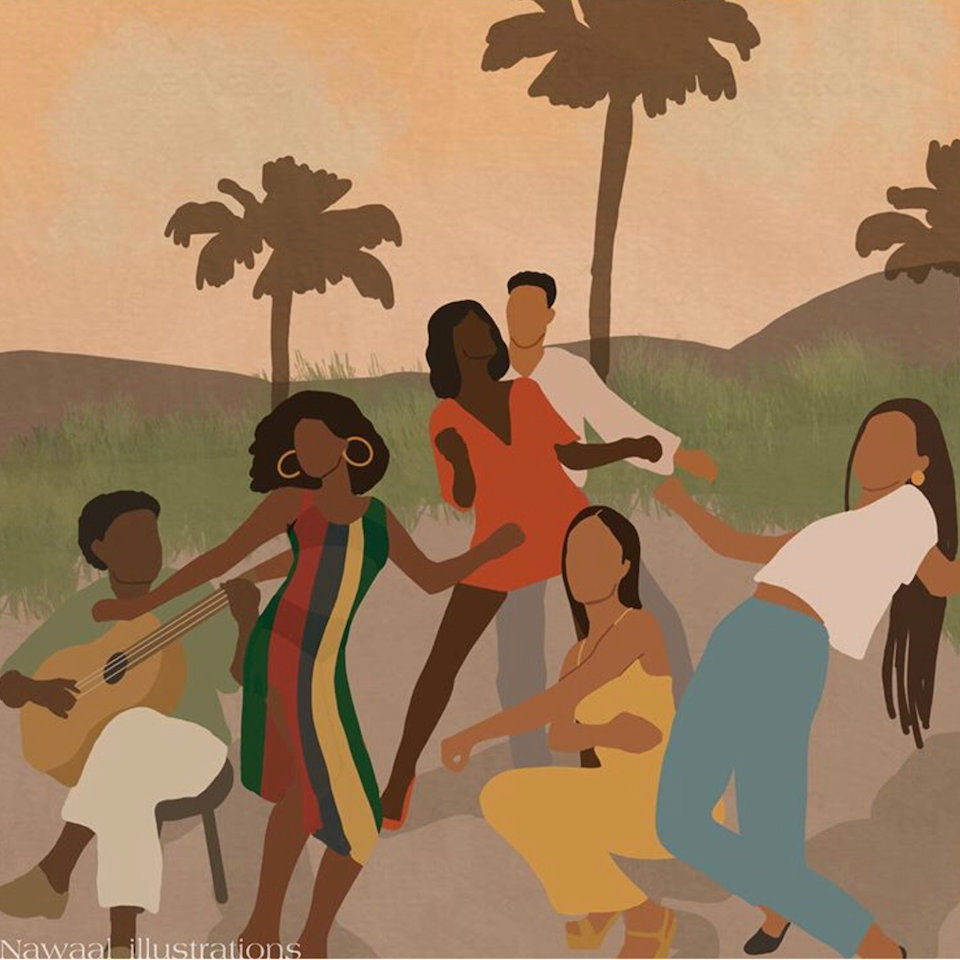


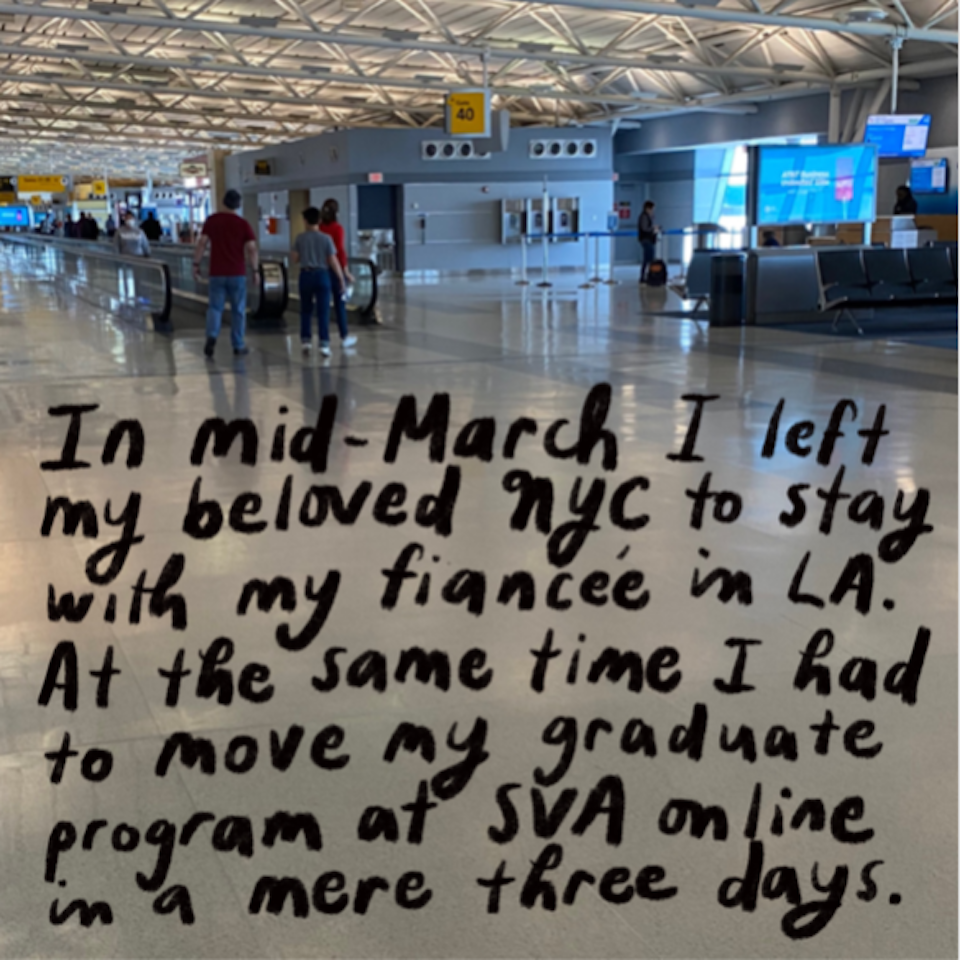
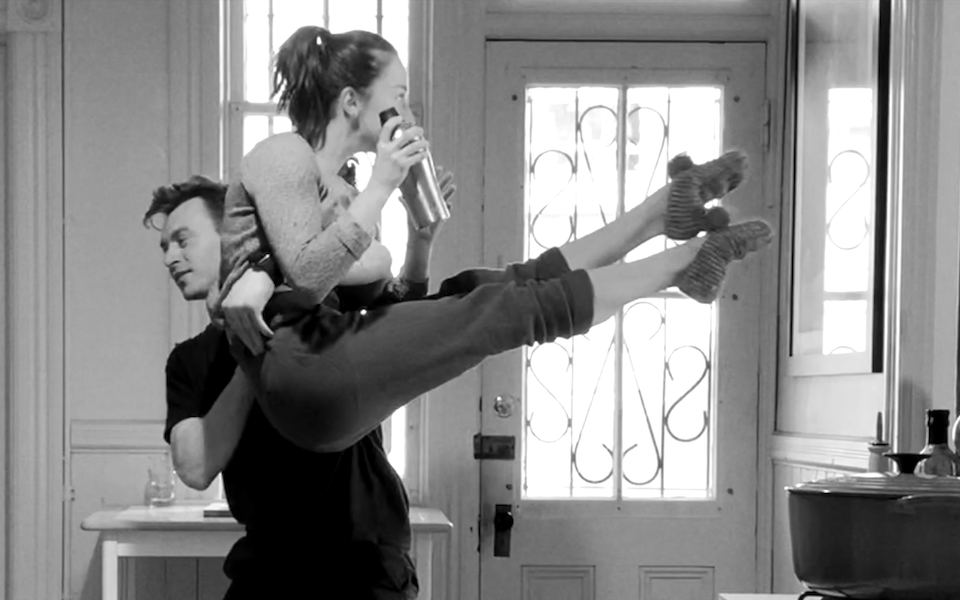
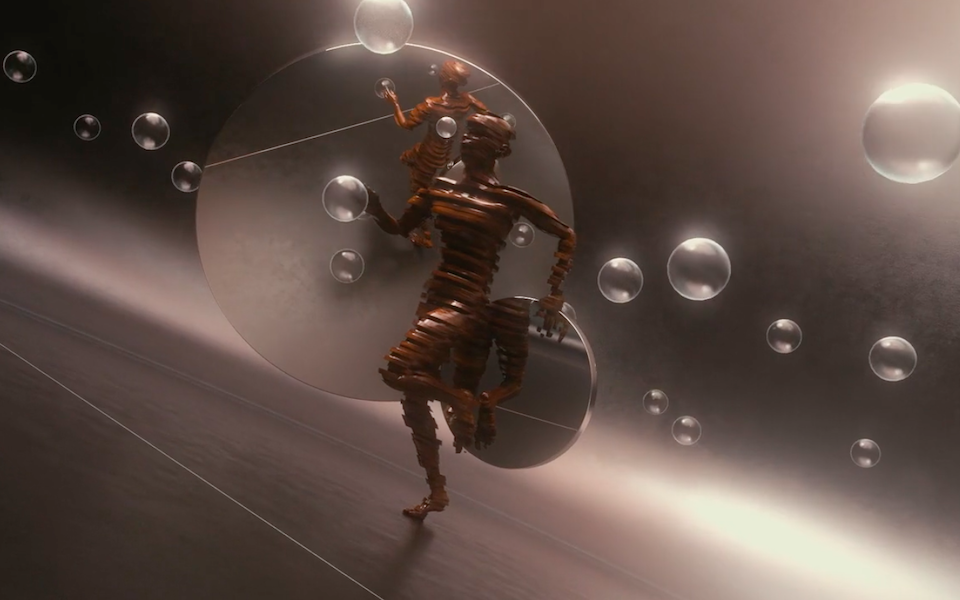
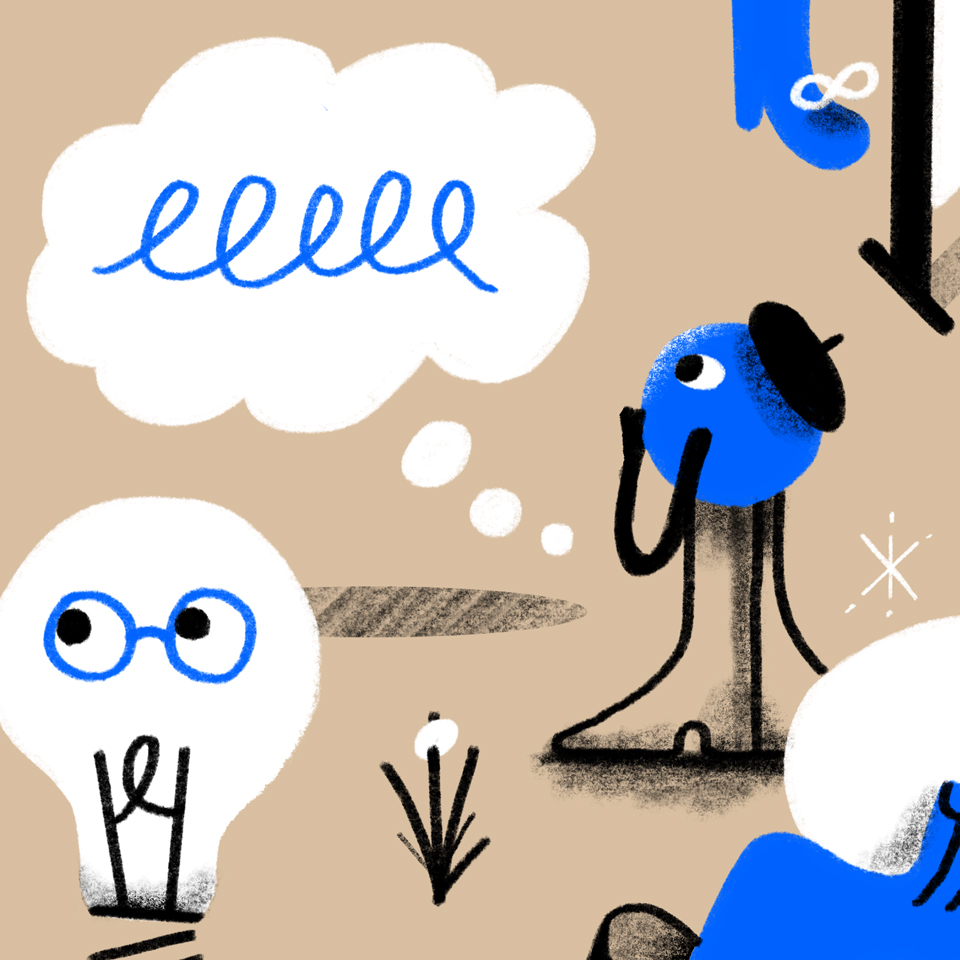
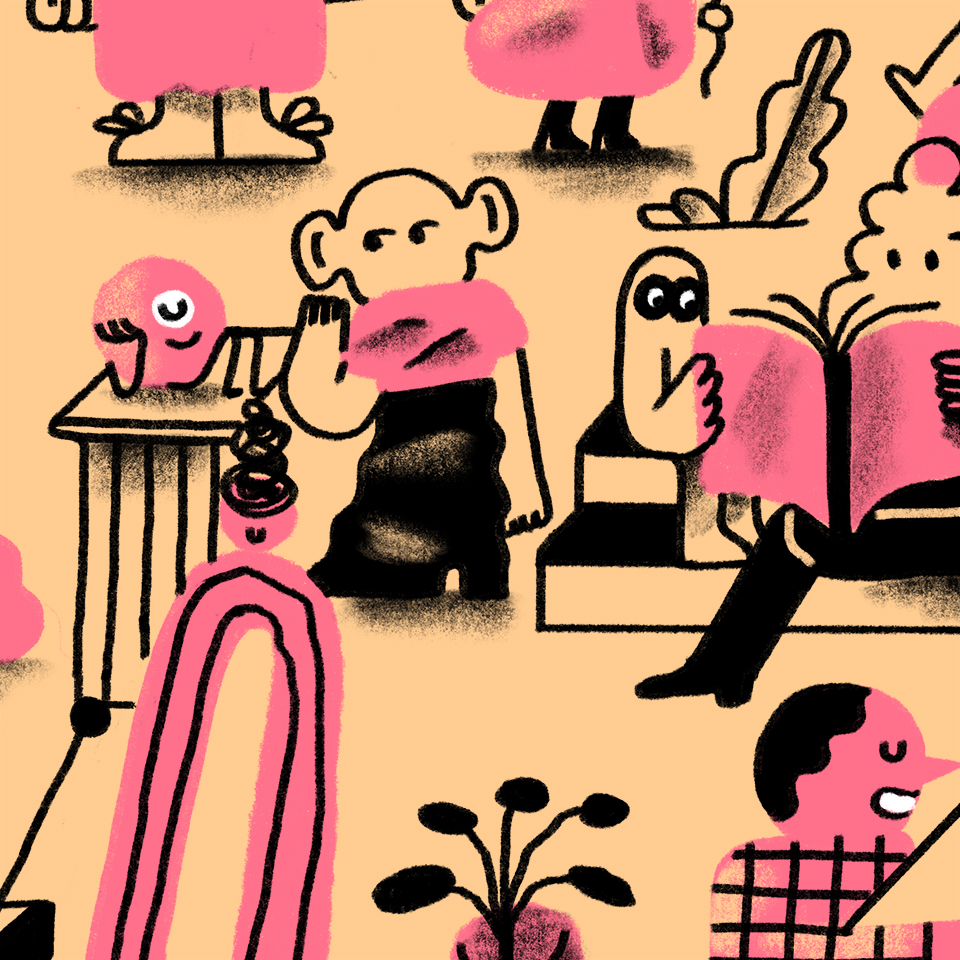


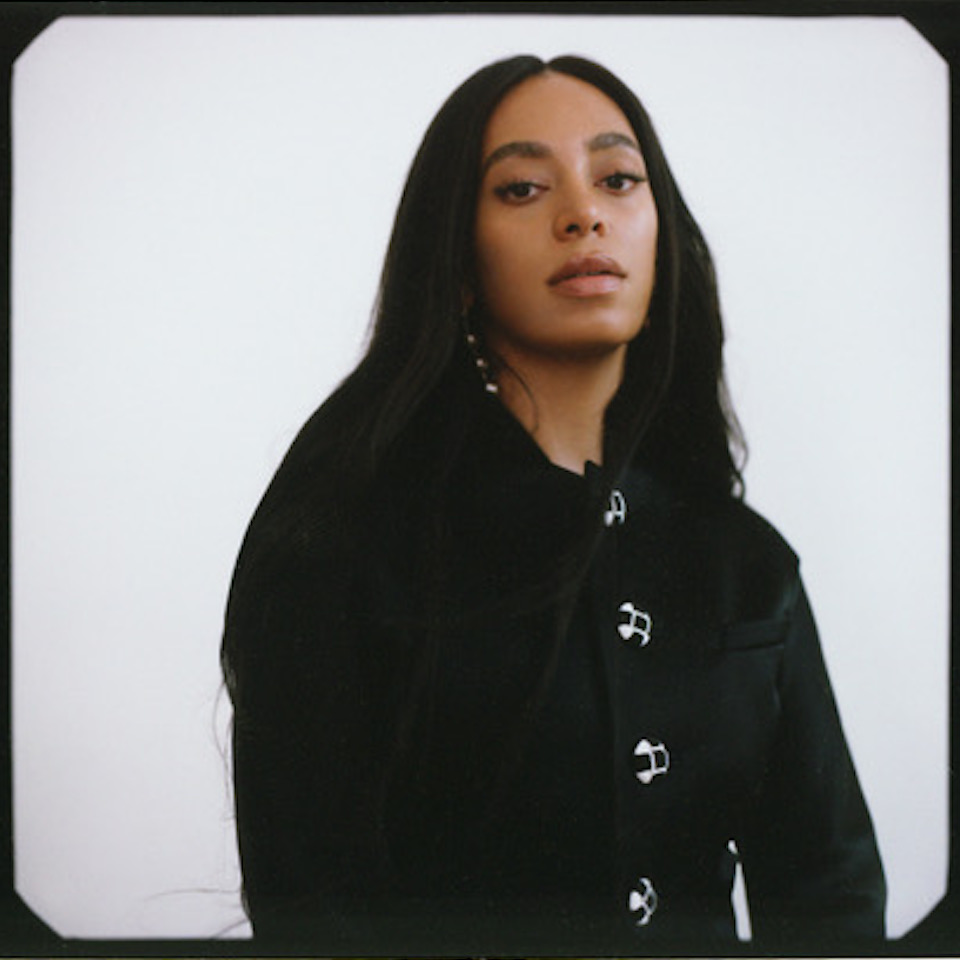

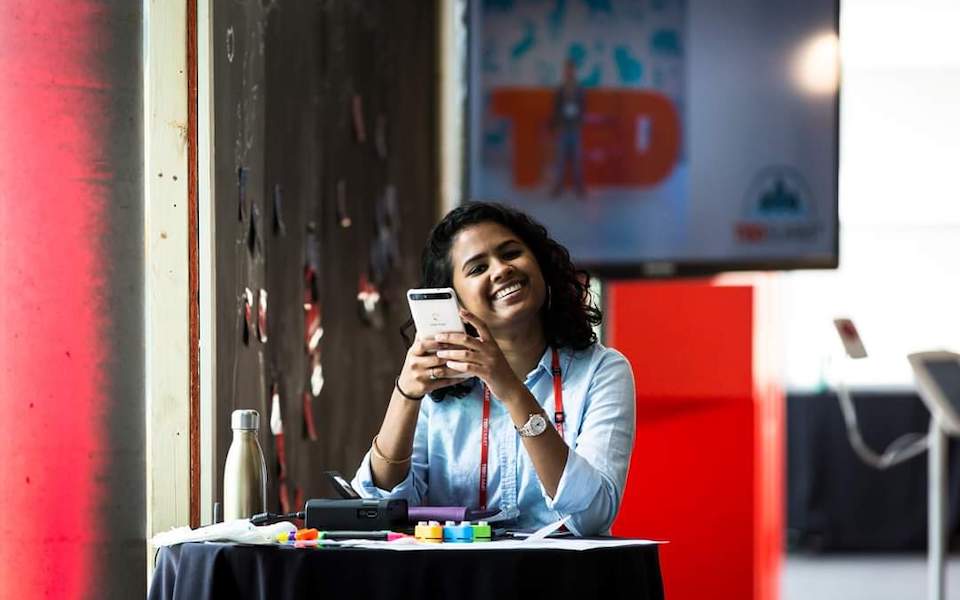


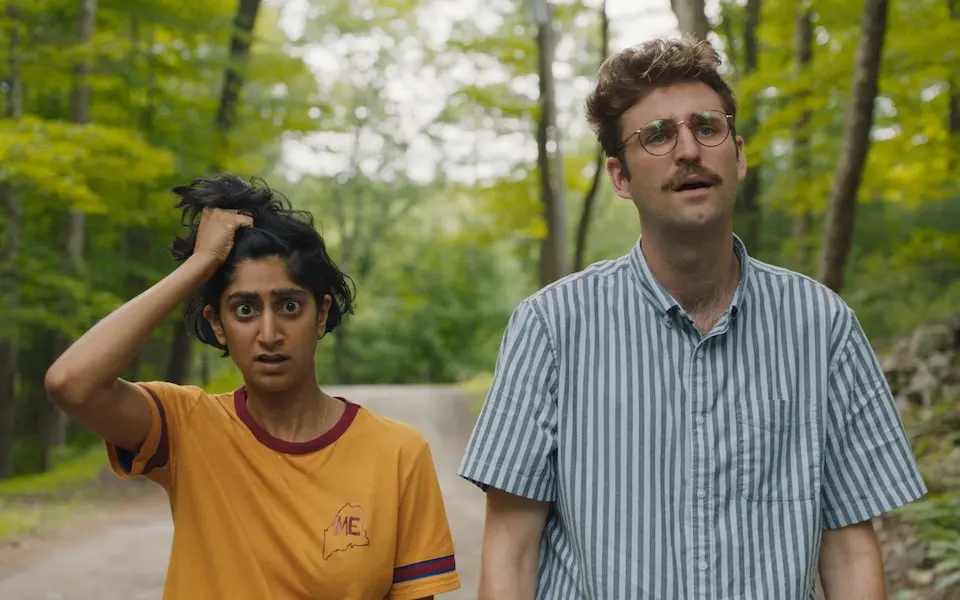
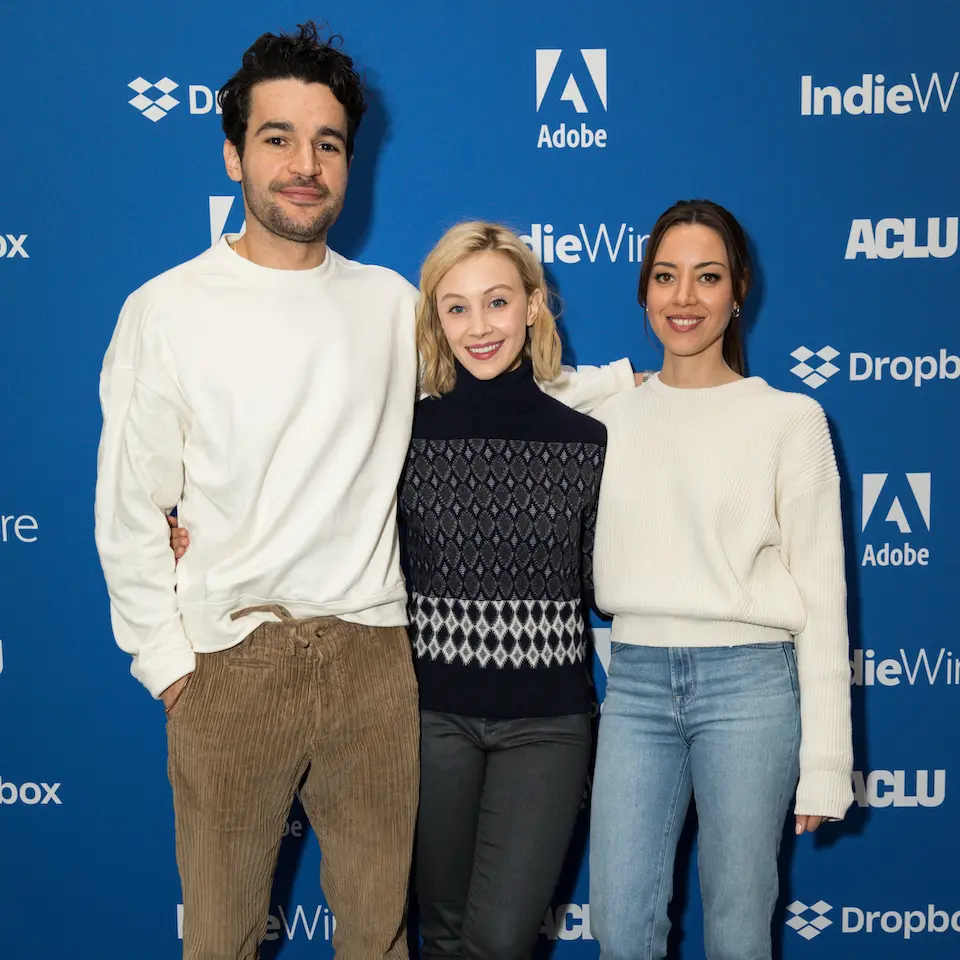
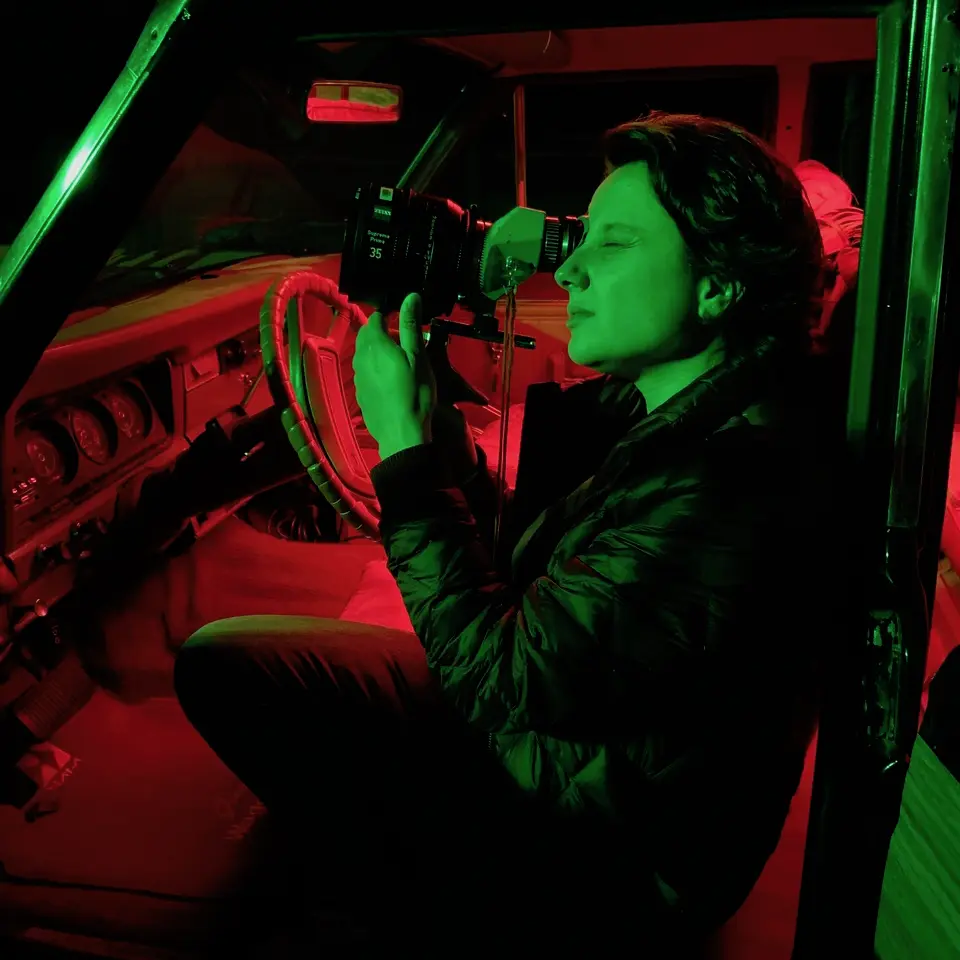
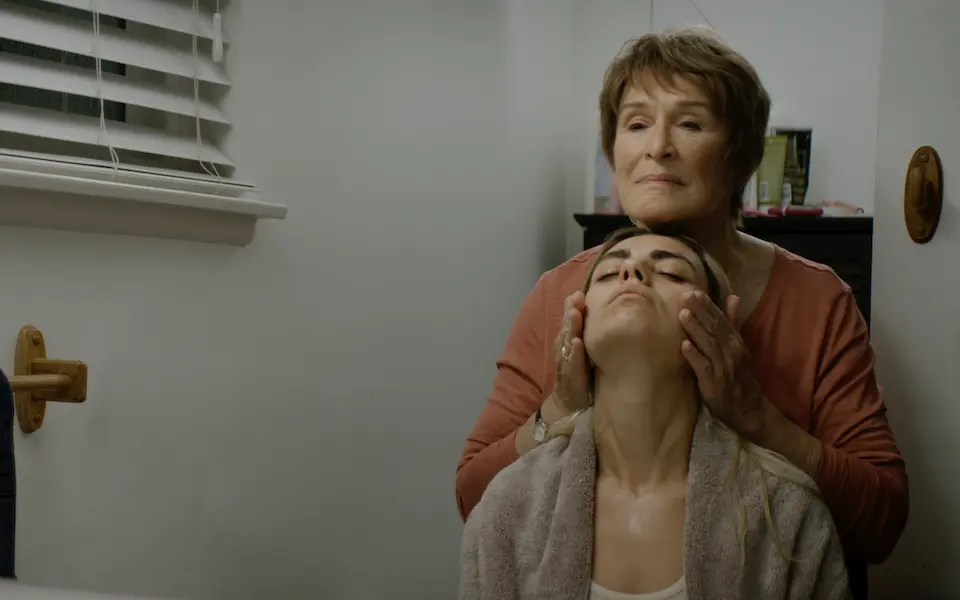

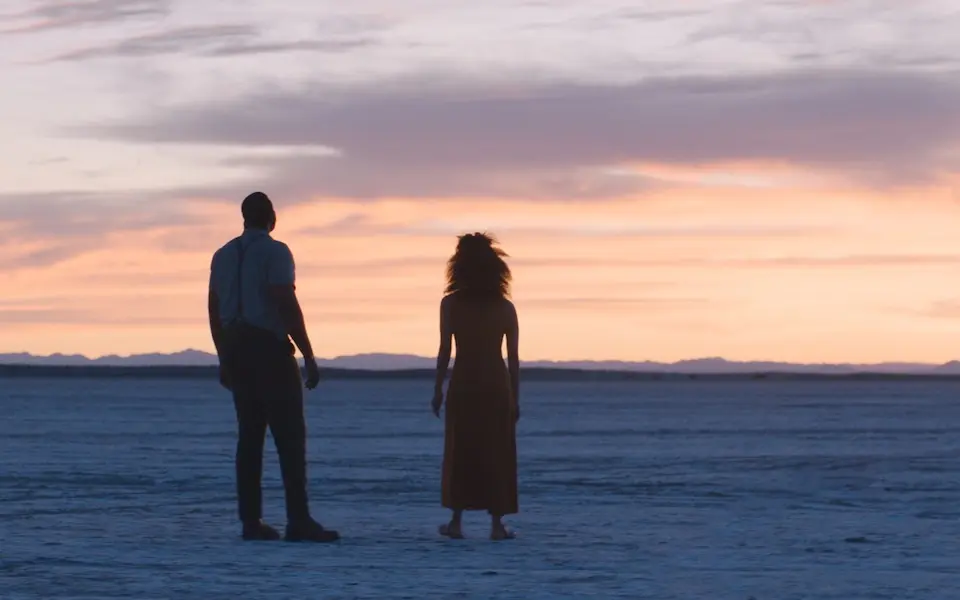
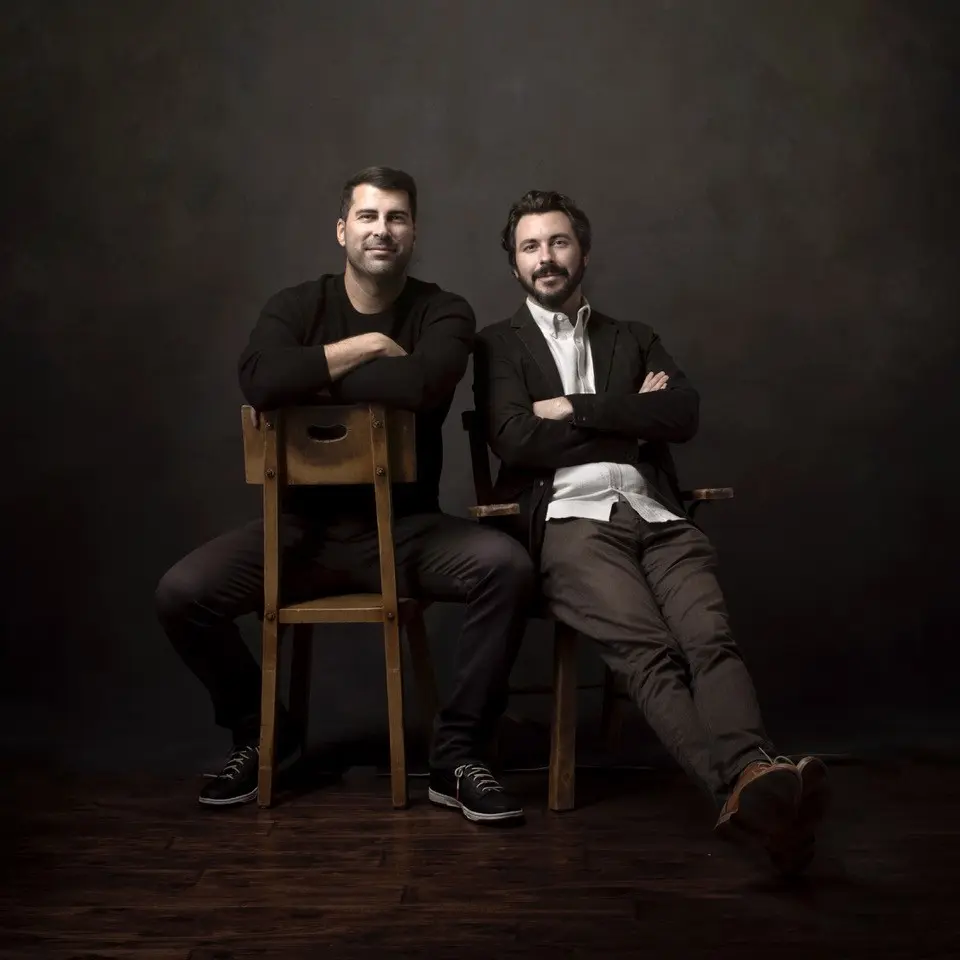



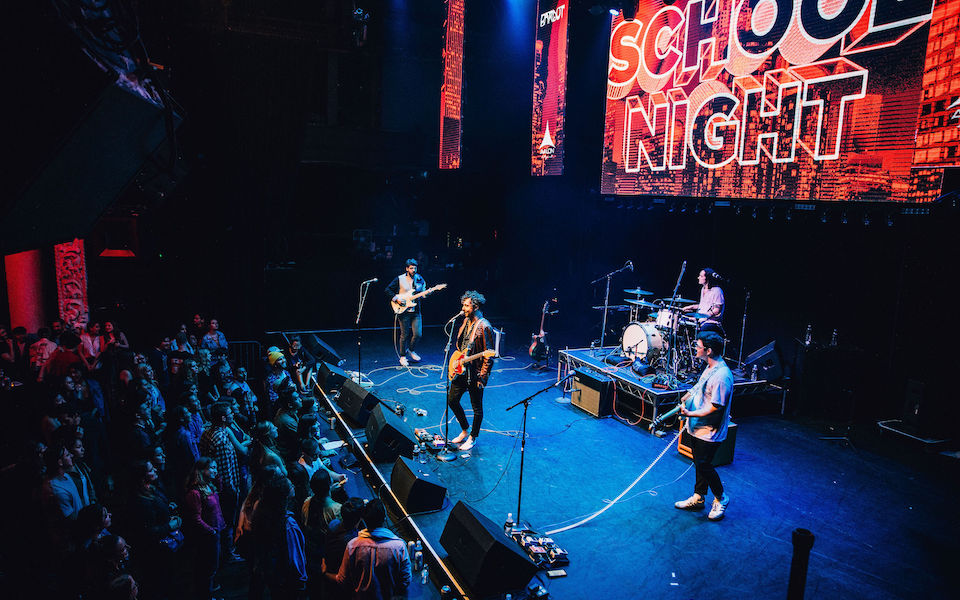






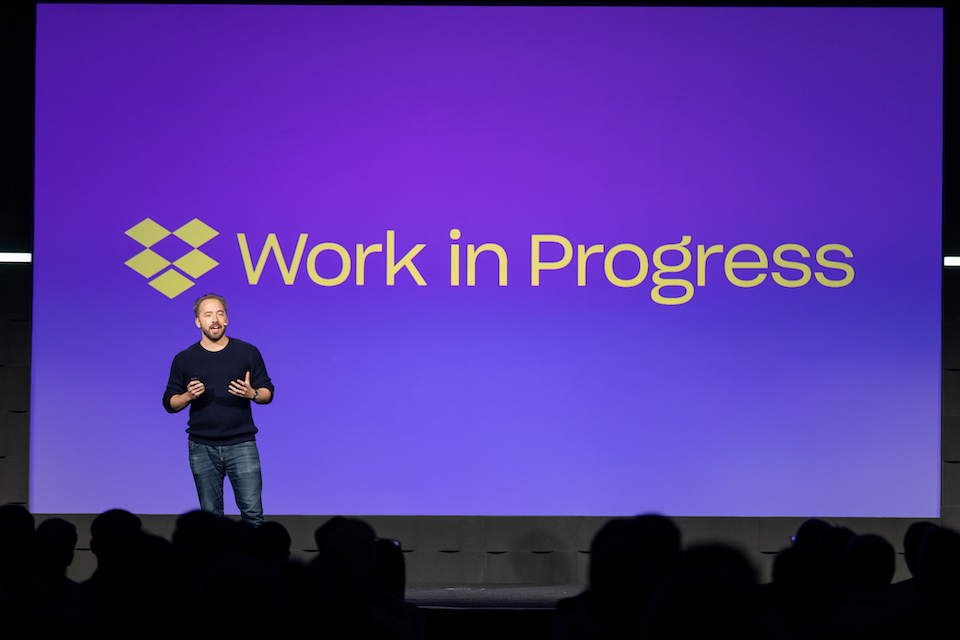



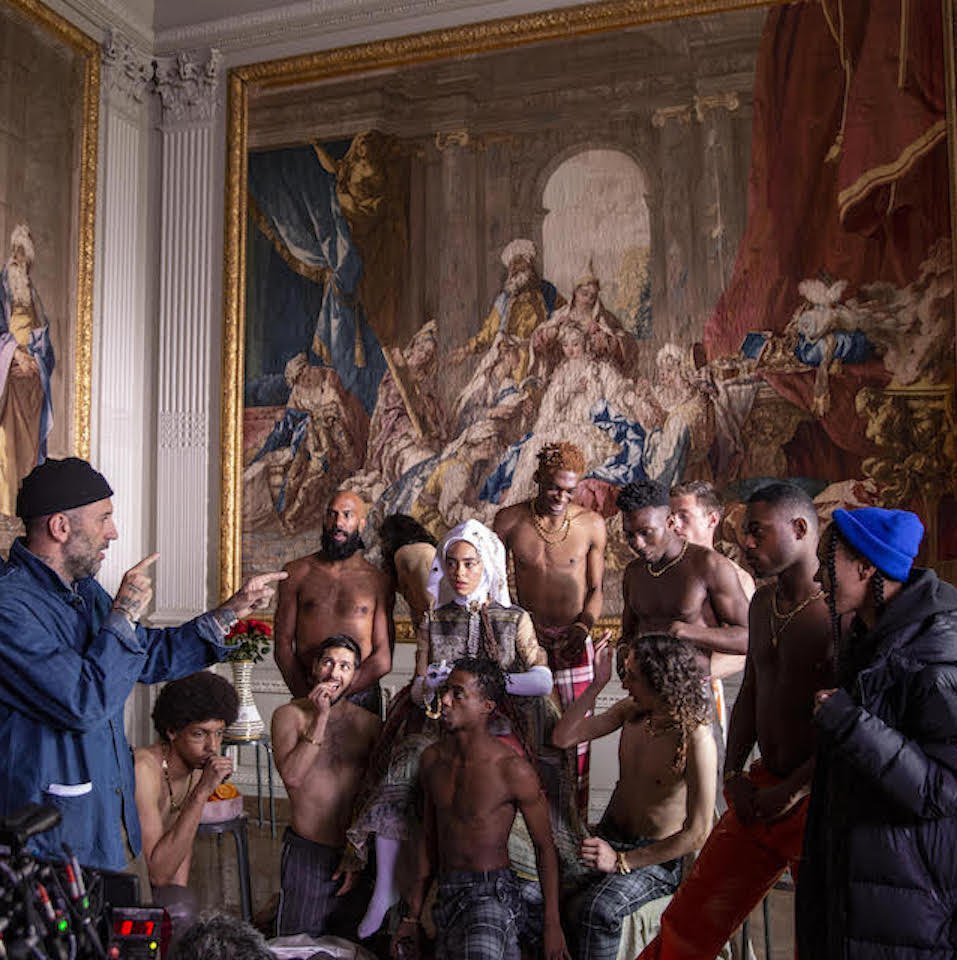

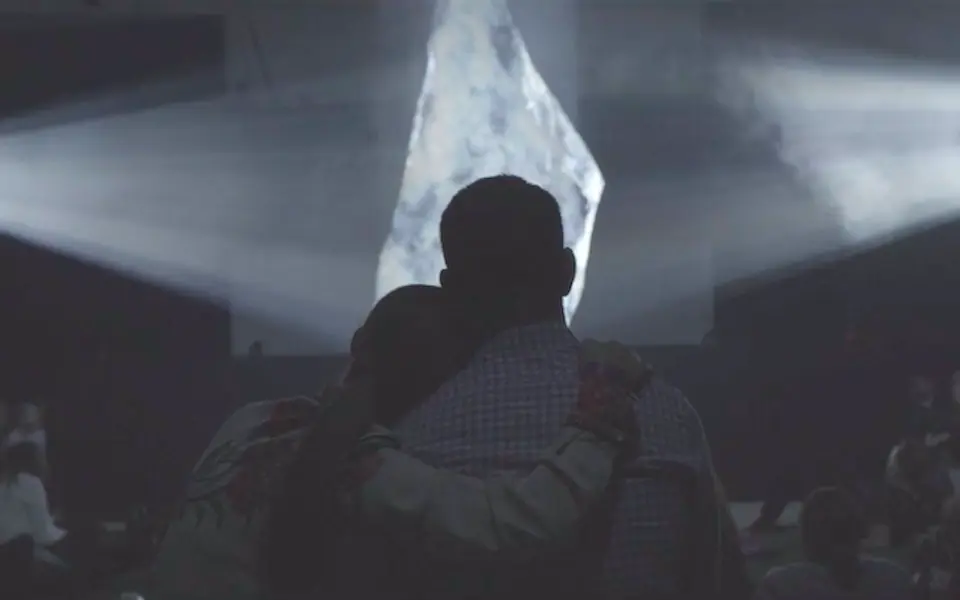
.png/_jcr_content/renditions/Karen%20O%20%2B%20Danger%20Mouse%20(photo%20by%20Eliot%20Lee%20Hazel).webp)


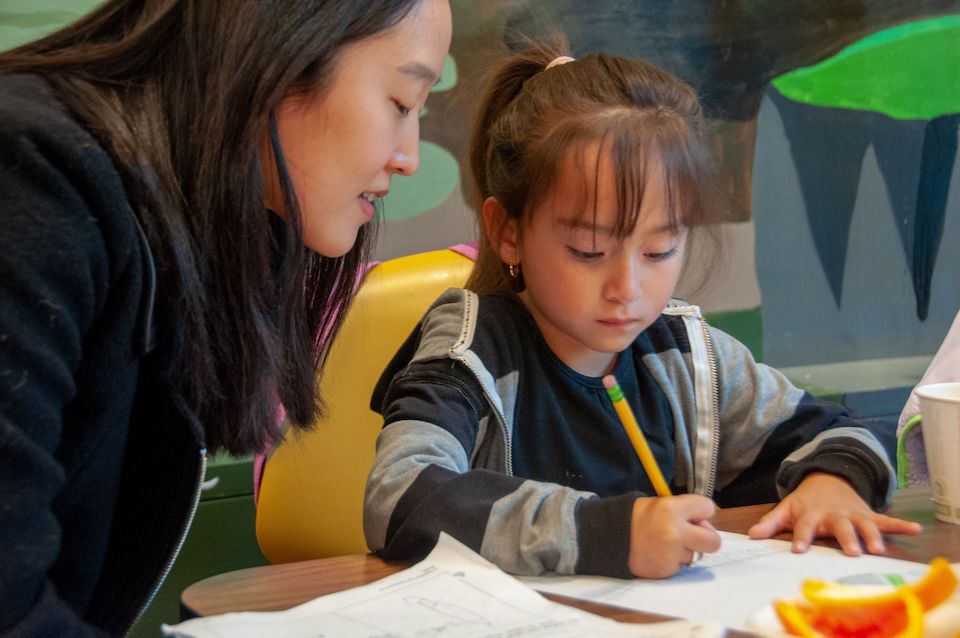


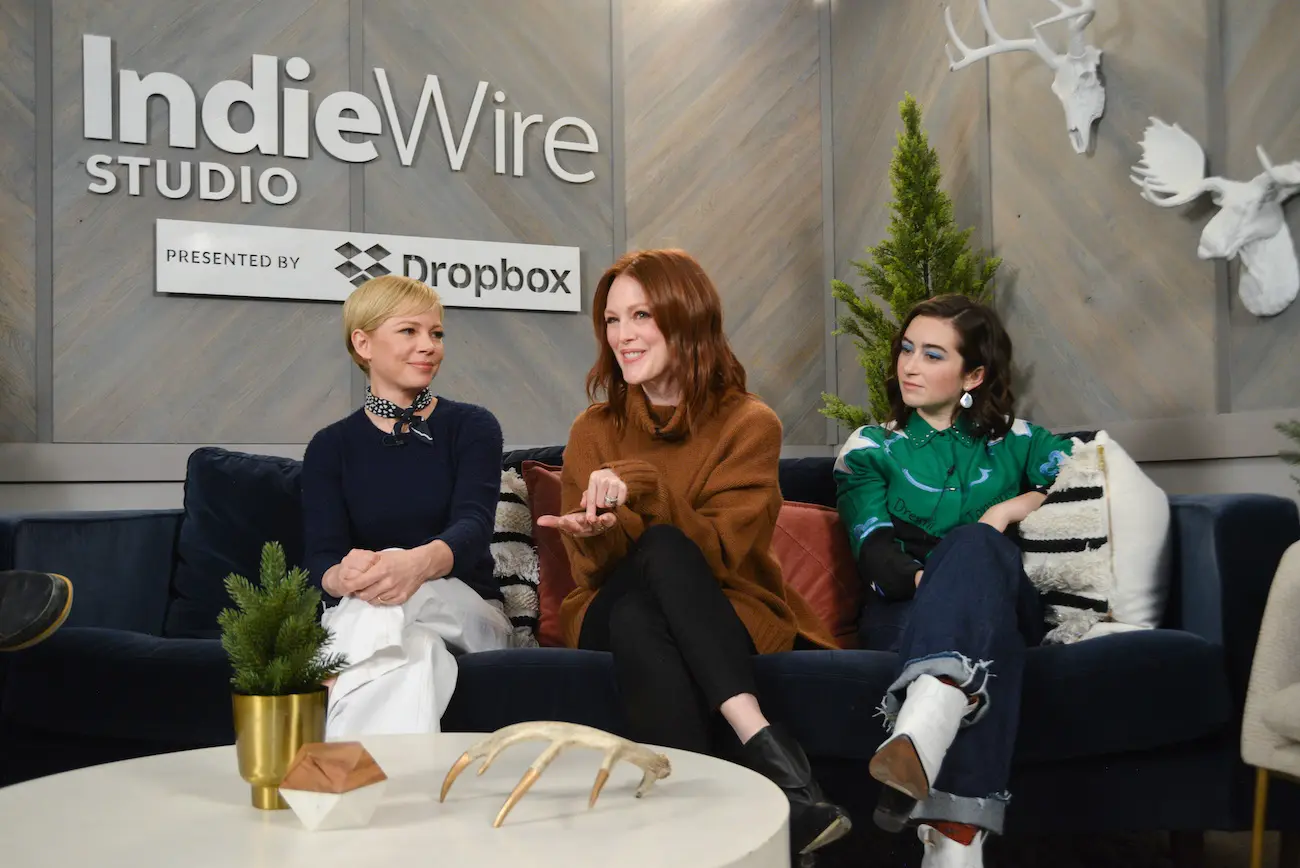


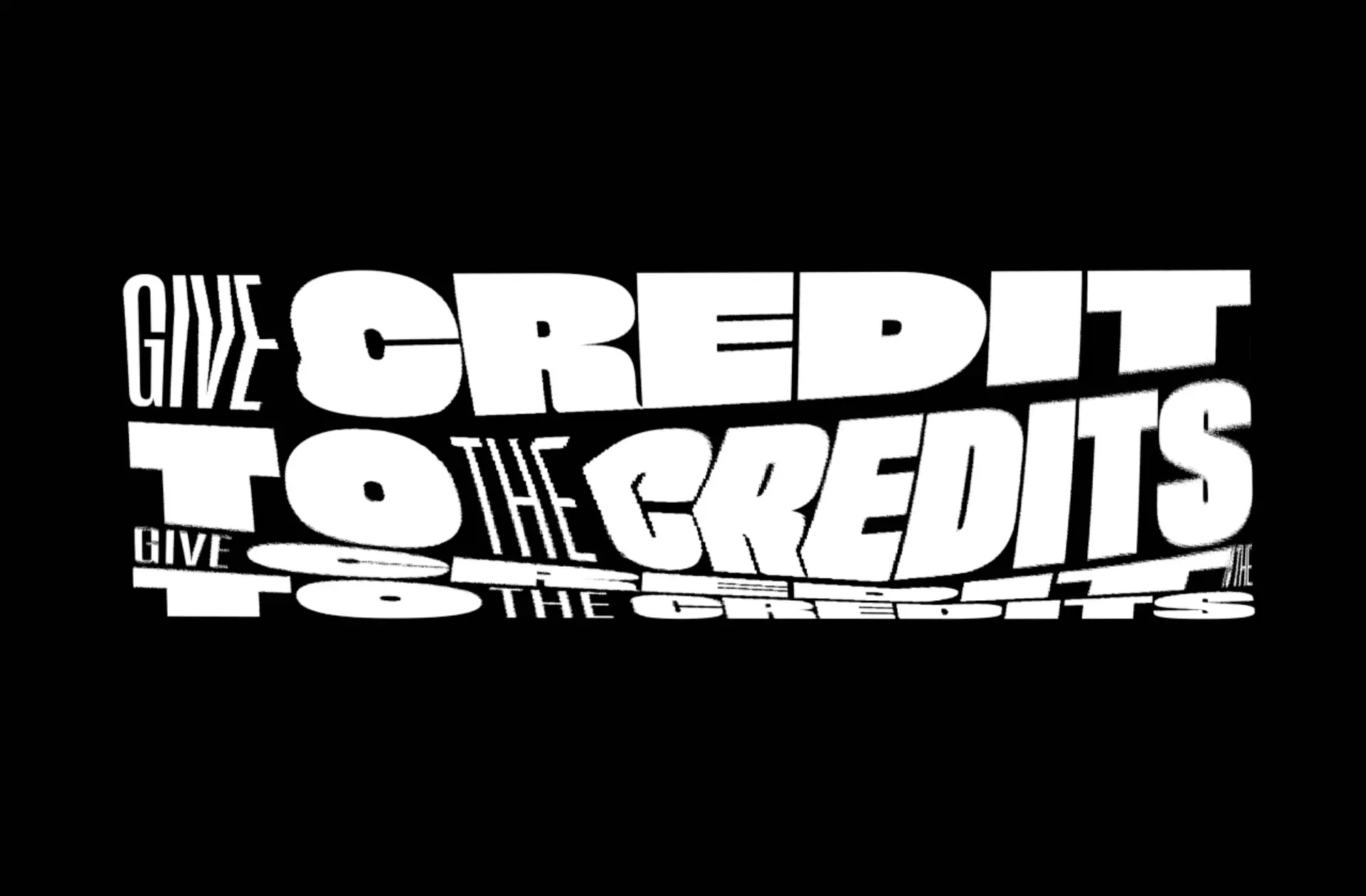
.jpg/_jcr_content/renditions/Extremely%20Wicked%20Shockingly%20Evil%20and%20Vile_Sundance19_Director%20Joe%20Berlinger%20(3).webp)

.jpg/_jcr_content/renditions/Bedlam%2014%20(1).webp)
